DROPS Alpaca
An all time favorite made purely from soft alpaca
from:
2.39€
per 50 g
Content: 100% Alpaca
Yarn Group:
A (23 - 26 stitches)
/ 5 ply / sport
Weight/length: 50 g = approx 167 m
Recommended needle size: 3 mm
Knitting tension: 10 x 10 cm = 24 sts x 32 rows
Care: Hand Wash, max 30°C / Dry Flat / Feltable
Made in: Peru
Raw material origin: Alpaca from Peru
This yarn has an Oeko-Tex® certification (certificate number 16.HPE.92779), Standard 100, Class II from the Hohenstein Institute. This means that is has been tested for harmful substances and is considered safe in human-ecological terms. Class II means the yarn is suitable to come in direct contact with the skin to a large extent, such as blouses, shirts, mattresses, etc.
DROPS Alpaca Party
30% discount until
Valid until 31.10.2025DROPS Alpaca is a lovely yarn spun from 3 strands of 100% superfine alpaca, with an extra twist to provide a durable surface. The alpaca fiber is untreated, which means that it is only washed and not exposed to any chemical treatment prior to the dyeing. This highlights the fiber’s natural properties, while it also provides a better shape and texture quality.
DROPS Alpaca has a large and varied range of patterns available in the DROPS collection. Garments made in this yarn are lightweight and comfortable, super soft directly on the skin, and have a nice, characteristic sheen.
Read more about our products' sustainability here
Please be aware that the colours shown may vary from screen to screen in the same way that shades may vary slightly from dye lot to dye lot.
How do I care for this yarn?

Hand Wash, max 30°C / Dry Flat
First of all, consider just airing the garment, instead of washing it. If you still desire to wash it, here are some guidelines:
- Hand wash at 30ºC - separately - with wool detergent without enzymes or optical brighteners.
- Don’t let the garment soak. Move the garment gently back and forth, do not rub or squeeze it.
- Rinse the garment until the rinse water is completely clear, making sure the water temperature stays uniform.
- Do a light centrifugation of the garment (about 800rpm), choosing a program that DOES NOT take in water at the start. Or press carefully the water out of the garment with a dry towel. The garment shouldn’t be twisted or rolled.
- To dry the garment, shape it and lay it flat - do not hang - ideally on a warm bathroom floor or on top of a drying rack in a room with good air circulation. Never dry the garment in direct sunlight.
- Don’t tumble dry.
Note: If you are washing a project made with this yarn combined with another, the general guideline is to follow the washing instructions for the most delicate of the yarns you are working with.
Thinking about felting this yarn?
See how this yarn looks before and after felting:
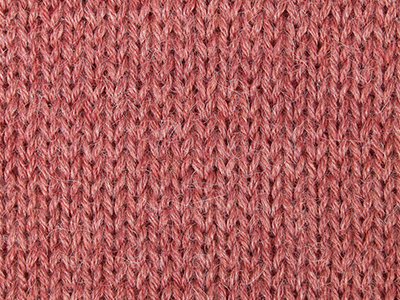
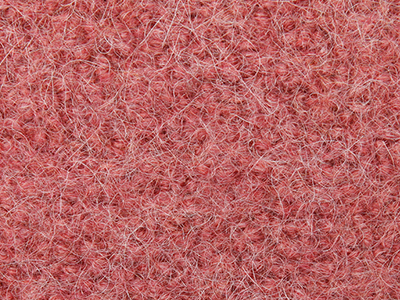
Needles: 5.50 mm
Before: 16 sts x 21 rows
After: 21 sts x 32 rows
Do you have a question about this yarn?
See a list of frequently asked questions (FAQ) about our yarns.
1) What type of fibers make the DROPS yarns?
Yarn can be made from a large number of natural and synthetic fibers. DROPS carries mainly yarns made from wool, cotton, alpaca, linen, mohair and silk. Each fiber type has its own qualities, and they are often mixed to take advantage of the best properties of each one. Coarse yarn has the advantage of being stronger and more durable, and finer fibers offer more softness and comfort. Here a bit about the main fibers we carry:
Alpaca:
Alpaca fleece is the natural fiber harvested from an alpaca, and it is similar in structure to sheep wool fiber. Its softness comes from the small diameter of the fiber, similar to merino wool. It is a soft, durable, luxurious and silky natural fiber. Yarn made from alpaca fibers does not felt or pill easily, and it can be light or heavy in weight, depending on how it is spun. While similar to sheep’s wool, it is warmer, not prickly, and has no lanolin, which makes it hypoallergenic. Alpacas come in 22 natural colors, with more than 300 shades from a true-blue black through browns-black, browns, white, silver and rose-greys.
Mohair:
This fiber comes from the Angora goats, and it's considered a luxury fiber. Mohair yarn is warm as wool, but much lighter in weight; it is durable, dyes well and does not felt easily. Mohair fibers have also a distinctive luster created by the way they reflect light. Despite being a hard fiber, mohair is usually spun into a very fluffy yarn, resulting in airy and lustrous garments.
Wool:
The wool fibers come from the skin of sheep and are relatively coarse fibers. Two striking characteristics of wool are its susceptibility to heat and its felting property, which is caused by the scales on the surface. Depending upon the breed of sheep, the appearance of the wool varies.
Wool from Merino sheep is considered the finest type of wool, having as characteristics that is finely crimped and soft. All the Merino wool in the DROPS yarns has its origins in South America, coming from sheep that have not been subject to Mulesing.
Pure new wool is wool made directly from animal fleece, and not recycled from existing wool garments.
Machine washable wool is wool treated chemically to minimize the outer fuzzy layer of the fibers, and be therefore fitable for machine wash (see Superwash).
Silk:
The silk fiber is a fine continuous fiber produced from the cocoon of a moth caterpillar known as the silkworm. While silkworm is cultivated, the wild or tussah silk is obtained from uncultivated silkworm cocoons. Silk fiber is one of the strongest natural fibers and makes a wonderful knitting yarn. It blends really well with other fibers, especially wool. Silk also dyes beautifully with natural dyes.
Vegetable fibers:
There are several varieties of vegetable fibers, found in the cell walls of plants or vegetables. Of all the varieties, two are recognized as major knitted or textile fibers. They are cotton and linen.
Cotton is the fiber surrounding the seeds in a cotton pod, and it is almost pure cellulose. Cotton is usually white in color but there are green and brown varieties as well. The cotton fiber is most often spun into yarn or thread and used to make a soft, breathable textile that is good for summer clothing and accessories, making a weaker yarn than silk or linen but stronger than wool.
Mercerized cotton is cotton that has been through a mercerization treatment. This treatment gives cotton fabrics and threads a lustrous yarn that is more lustrous than conventional cotton. It is also stronger, takes dye a little more readily, makes the yarn more resistant to mildew and reduces lint. It also may not shrink or lose its shape as much as "regular" cotton.
Linen is a fiber derived from the stalk of the flax plant that is durable and stronger than any other fiber. The linen fiber is relatively soft, straight and lustrous and becomes more beautiful with age. Linen is more comfortable to wear in hot temperatures than cotton, due to the fact that it absorbs moisture better and dries more quickly.
Other materials used in our yarns include synthetic fibers such as acrylic, viscose, polyamide (nylon) and polyester. These fibers are used mostly to give strength to a yarn (like our sock yarn, DROPS Fabel) or a special kind of structure (like our blown yarn, DROPS Air).
The polyamide fibre, commonly known as nylon, is very strong, durable, lightweight, easy to care for (can be machine washed and dried), and elastic, which makes it perfect for blending with other fibres to produce hard-wearing yarns like sock yarn.
Compared to polyester, polyamide is softer and more flexible, but it also absorbs more water and dries slower.
3) What type of information can I find on the DROPS yarn labels?
All DROPS yarn labels include information about fiber content (wool, cotton, etc.), weight in grams and ounces, length in meters and yards, washing instructions and symbols (explained here), color number, dye lot number and yarn group information.
4) What are the DROPS yarn groups?
All DROPS yarns are classified into 6 different thickness groups (A to F). Yarns in a same group have similar knitting tension/gauge, and can therefore be interchanged in patterns; however the length may be different, so when substituting always calculate the amount of meters/yards needed for the pattern to know the amount of yarn you need to get.
5) Can I use a different yarn than the one mentioned in the pattern?
Yes, as long as the yarn can be worked in the same knitting tension/gauge. Always swatch to make sure you get the same number of stitches in width and rows in height as given in the pattern.
Remember that different yarns with different textures, will give the garment different looks. The yardage/length may also be different, so when substituting always calculate the number of yards needed, in order to know the amount of yarn you need.
Read more about how to calculate the amount of an alternative yarn - and how to replace 1 thread of a yarn with 2 or more of another, here.
6) What does it mean when a yarn is “Superwash”?
A superwash wool is a special wool product that has been treated or processed in a way that allows it to be machine washable. Many people are afraid to work with wool because it is so easy to shrink (though some shrink wool on purpose) and superwash wool can allow them to work with great fibers without worry. (Read more here).
7) What does “Oeko-Tex® certified” means?
The Oeko-Tex® Standard 100 was introduced at the beginning of the 1990s as a response to the needs of the general public for textiles which posed no risk to health. The Oeko-Tex® Standard 100 is a globally uniform testing and certification system for textile raw materials, intermediate and end products at all stages of production. The test for harmful substances comprise substances which are prohibited or regulated by law, chemicals which are known to be harmful to health, and parameters which are included as a precautionary measure to safeguard health.
For more info go to www.oeko-tex.com
10) How accurate are the colours on the shade cards online?
When obtaining images for the shade card, we do our best to achieve the highest level of color accuracy. Unfortunately, we cannot guarantee how images will appear on your computer screen. Every monitor displays color differently, some colors might look darker than they really are, and some colors might be more saturated on some screens. If you experience that many of the yarn colors looks different on your screen than the actual color of the skeins, you can adjust the setting on your monitor.
11) What is a micron? What does super fine / extra fine mean?
The fineness of yarn fibers is measured in microns (thousands of millimeters). Super fine alpaca wool is 26-28 microns. Fine merino wool is less than 21.5 microns and extra fine merino is under 19.5 microns. The less microns the softer and more delicate a quality can be, the more microns the more hard wear the quality will be.
The reason why the microns in a yarn’s fibers are important is that the yarn will eventually become something else, and how delicate or coarse a yarn is will determine in part what we use it for. That’s why we recommend the softest yarns (like DROPS Baby Merino) for baby clothing, or why we choose to use a more hard wear yarn like DROPS Snow, for a seating pad or slipper.
12) Why are the colours in my skeins of print yarn different?
The reason why two skeins of a same print yarn look different can be 1) that both skeins are part of different dye lots; 2) that the skeins have been dyed using a technique called "magic print" (the one used for example in DROPS Delight), which provides unique patterns and smooth colour transitions to each skein, meaning also that within one dye lot, lighter or darker varieties might appear. This is no fault or defect, but part of the yarn's character.
13) My store doesn’t have the colour I want, what can I do?
If your DROPS store doesn’t have the yarn colour you want, try contacting a DROPS Super Store (the ones with the golden badges) - they will make sure to get a hold of the colour even if they don’t have it in stock themselves. See a list of all DROPS stores here.
14) Where can I find a specific dye lot of a colour?
Always try contacting your DROPS store first. If they do not have the dye lot you want we recommend you to ask other knitters and crocheters in the DROPS Workshop in Facebook or Ravelry, which may have the dye lot in their stash and might be willing to part from it.
Yarn sheds because there's not enough twist to hold all of the fibers together. All yarns have excess fibers (from production) that might come off as lint or shedding, in varied degrees that depend on how the yarn is spun. Brushed yarns ("hairier" yarns) like DROPS Melody, have more of these loose fibers than other yarns, and therefore shed more. Shedding also depends on what is worn under or over the garment, and whether this pulls at the yarn fibers. It’s therefore not possible to guarantee that there will be no shedding.
Below are some tips on how to get the best result when working with hairier yarns:
- When the garment is finished (before you wash it) shake it vigorously so the looser hairs come off. NOTE: do NOT use a lint roller, brush or any method that pulls at the yarn.
- Place the garment in a plastic bag and put it in your freezer - the temperature will cause the fibers to become less attached to each other, and excess fibers will come off easier. Leave in the freezer for a few hours before taking it out and shaking it again.
- Wash the garment according to the instructions on the yarn label. Garments worked with hairier yarns usually need to be shaken once dry after washing, so that the hairs rise and any excess fibers can come off.
Pilling is a natural process that happens to even the most exclusive of fibers. It's a natural sign of wear and tear that is hard to avoid, and that is most visible in high friction areas of your garment like a sweater's arms and cuffs.
You can make your garment look as new by removing the pilling, using a fabric comb or a pill/lint remover.
How can I replace this yarn?
If you are looking to replace this yarn with another DROPS yarn, you can use another yarn within the same yarn group, or try our yarn converter!
Other yarns in Yarn Group A
Read more about replacing yarn.Have a problem with the DROPS yarn you purchased?
When you purchase yarn from the shade cards or patterns on our site, you are not buying directly from DROPS but from one of the hundreds of DROPS stores around the world. It is therefore important that you take contact with the DROPS store where you bought the yarn, and that you save the labels of all the skeins you purchased (they are your warranty).
The DROPS store you contact will assist you and escalate the claim if necessary. Find a list of DROPS stores here.
Comments / Questions (501)
![]() Mona wrote:
Mona wrote:
Hi, Do you ever plan on stocking Brown in Drops Alpaca? You do a gorgeous brown in Fabel (shade 300), that shade is important to be put in alpaca too. Brown is a very important colour and I’ve always been surprised as to why it is not manufactured in Drops Alpaca, or even Nord and Flora. Thanks
08.03.2022 - 13:10DROPS Design answered:
Dear Mona, Alpaca wool and normal wool are differently dyed, so their colour shades will always look different. As of this moment, we have no information regarding new Alpaca shades.
08.03.2022 kl. 22:16
![]() Doreen Wright wrote:
Doreen Wright wrote:
Which yarns are the equivalent of 2ply, please? Doreen
02.03.2022 - 12:30DROPS Design answered:
Dear Mrs Wright, 2 strands yarn group A as Alpaca can replace 1 strand yarn group C. Happy knitting!
02.03.2022 kl. 17:52
![]() Sab wrote:
Sab wrote:
Bonjour, Je suis très confuse. Il me reste plusieurs pelotes de différentes couleurs de Alpaca et Fabel entre-autres Alpaca échantillon 10 x 10 cm = 23 m x 30 rangs - aig. 2,5 - 3,5 mm Fabel échantillon 10 x 10 cm = 26 m x 34 rangs - aig. 2,5 Or sur le site les jauges ont changé Alpaca et Fabel en aig. 3 rendent 24 m x 32 rangs pour 10 x 10 cm Comment faire si l'on suit les anciens modèles réalisés avec les premières jauges. Cela fausse les mesures. Comment faire ?
26.02.2022 - 17:57DROPS Design answered:
Bonjour Sab, tout est juste: avec des aiguilles 2,5 vous devez avoir 26 mailles x 34 rangs en jersey et avec des aiguilles 3, vous aurez 24 mailles x 32 rangs jersey et de même, vous aurez 23 mailles x 30 rangs jersey avec des aiguilles 3,5. Tout va dépendre de la tension utilisée et donc de la texture souhaitée/des aiguilles. Bon tricot!
28.02.2022 kl. 11:06
![]() Anne-Marie Österberg wrote:
Anne-Marie Österberg wrote:
Jag stickar I Drops Alpacka gratis mönster DROPS / 111 / 19. - kofta storlek 13-14 år. Jag har helt enligt mönstret stickat bakstycket med 6 v rätstickning först och därefter slätstickning. Men stickningen rullar upp sig vartefter. Vad ska jag göra? Vill inte fortsätta innan jag vet hur jag kan åtgärda detta. Tacksam för snabbt svar! Anne-Marie
22.02.2022 - 14:30DROPS Design answered:
Hei Anne-Marie Du kan evt dampe kanten forsiktig, eller fukte kanten, blokke (sette kanten fast) og la den tørke eller så kan du strikke et par ekstra riller nederst (par ekstra rader med rettstrikk). mvh DROPS Design
28.02.2022 kl. 10:34
![]() Doume wrote:
Doume wrote:
Bonjour. J'ai vu un ouvrage tricoté avec cette laine alpaga et de la kid sylk. Par quoi puis-je remplacer pour pouvoir laver en machine? Merci
19.02.2022 - 13:15DROPS Design answered:
Bonjour Doume, vous pouvez les remplacer par des laines type "Superwash" - voir ici, soit par 1 autre fil du groupe A (en double pour avoir la même épaisseur) ou bien 1 fil du groupe C (Big Merino par ex.). Bon tricot!
21.02.2022 kl. 11:23
![]() Greta Roeder wrote:
Greta Roeder wrote:
Kan ik,met alpaca uni colour heren sokken breien?
16.02.2022 - 22:34DROPS Design answered:
Dag Greta,
Dat zou kunnen, maar een garen waar ook polyester zit is wat geschikter omdat dit het slijtvaster maakt, wat je waarschijnlijk graag wilt bij sokken. DROPS Nord is een heel geschikt sokkengaren waar ook nog Alpaca in zit.
17.02.2022 kl. 13:59
![]() Carine wrote:
Carine wrote:
Bonjour, Quels fils peuvent être tricotés à la machine à tricoter? Cordialement. Carine
16.02.2022 - 14:34DROPS Design answered:
Bonjour Carine, tout dépend de votre machine à tricoter - n'hésitez pas à consulter la notice de votre machine et / ou à contacter votre magasin ou un forum spécialisé pour toute assistance complémentaire. Bon tricot!
17.02.2022 kl. 10:53
![]() Françoise Swart wrote:
Françoise Swart wrote:
Hoeveel bolletjes heb ik nodig voor een ajourtrui met vleermuismouwen, in maat 42? Ik hoor graag van u. Vriendelijke groet
14.02.2022 - 17:27DROPS Design answered:
Dag Françoise,
Dit hangt heel erg af van hoe het patroon in elkaar zit, hoe lang de panden zijn, hoe groot de vleermuismouwen, etc. Bij elk patroon op onze site staat aangegeven hoeveel wol je nodig hebt in iedere maat.
17.02.2022 kl. 14:07
![]() Denise Van Dijk wrote:
Denise Van Dijk wrote:
I want to make DROPS design: Pattern z-879 Yarn group A which says Alpaca wool, but there are different Alpaca wools such as Mix & Uni what are the differences & which one should it be? Also which other yarns could be used instead of Alpaca e.g. Baby Merino soft wool? Can this be used as my husband does not want wool that is itchy. And are there any Drops patterns for a mans hat that are double layer? If not can you advise how to make a double layer hat? Hope you can advise. Thank you Denise
08.02.2022 - 07:31DROPS Design answered:
Dear Mrs Van Dijk, the mix colours are colours mixed together with slight shades while the uni colours are just one colour. Sure you can use Baby Merino instead, try our yarn converter to check all possible yarn alternatives. Maybe this pattern could be the one you are looking for. Happy knitting!
08.02.2022 kl. 10:02
![]() Melanie wrote:
Melanie wrote:
Ich habe zum Ausprobieren Stulpen mit Nadelstärke 4.0 gestrickt, Strickbild gefällt mir sehr gut. Wie verhält sich das Garn bei etwas größerem, einem Pullover? Hängt es sich stark aus? Wird er größer, wie bei zB Seide oder Baumwolle? Möchte denn auch mit 4.0 stricken.
06.02.2022 - 23:48DROPS Design answered:
Liebe Melanie, hier finden Sie alle unsere Modellen, mit Alpaca gestrickt, dh dazu gehören auch Pullover, die entweder mit nur 1 Faden oder 2 Fädig gestrickt werden. Ihr DROPS Laden wird Ihnen gerne damit (auch telefonisch oder per E-Mail) helfen, das beste passende Garn für Ihr Projekt zu finden. Viel Spaß beim stricken!
07.02.2022 kl. 11:55
![]() Cordula Weiner wrote:
Cordula Weiner wrote:
Ich bin auf der Suche nach Drops Alpaca 2921 und 2922 und finde diese beiden Farben nirgends mehr. Sind sie aus dem Programm genommen? Wenn ja warum? Wird es Nachfolgende Farben in dieser Richtung geben?
05.02.2022 - 23:13DROPS Design answered:
Liebe Frau Weiner, diese Farbe haben wir nicht mehr, aber gerne wird Ihnen Ihr DROPS Händler damit auch telefonisch oder per E-Mail helfen, die besten passende Farbe zu finden. Viel Spaß beim stricken!
07.02.2022 kl. 12:01
![]() Maria Alejandra Pepper Navarro wrote:
Maria Alejandra Pepper Navarro wrote:
Boa tarde! Vocês fazem entrega para Rio de Janeiro Brasil? Aguardo Muito obrigada
02.02.2022 - 21:36DROPS Design answered:
Querida Maria, você pode encontrar as lojas DROPS que enviam para o Brasil no seguinte link: https://www.garnstudio.com/findastore.php?id=28&w=1&cid=28
05.02.2022 kl. 18:19
![]() Julia Adebäck wrote:
Julia Adebäck wrote:
Hej Är interesserad av att köpa alpacka garn för att sticka tygblöja Men undrar vad ni vet om djurhållningen på alpackorna? Hur har de det? Hur tas "ullen" av från alpackorna m.m? Vad för externa kontroller finns de för att se att djurhållningen är bra? Mvh Julia
02.02.2022 - 18:03DROPS Design answered:
Hei Julia. Det innsynet vi har fra våre leverandører av alpakka og dyrehold, er at det skal foregå innenfor dyreferdsregler. mvh DROPS design
07.02.2022 kl. 09:16
![]() Birgitta Gyllander wrote:
Birgitta Gyllander wrote:
Hur kan jag beställa Alpaca mix färg 7323. Behöver 4st nystan
01.02.2022 - 18:42DROPS Design answered:
Hei Birgitta. Vi selger bare kilovis til butikker. Men ta kontakt med en butikk / en nettbutikk og hør om de har denne kvaliteten og fargen. Du finner alle butikker og link til deres hjemmeside under: Find en butik! mvh DROPS design
07.02.2022 kl. 08:25
![]() Savornin wrote:
Savornin wrote:
Bonjour, pouvez-vous me préciser le délai de livraison de la laine bleu mix? Est ce semaine 6 semaine du 7au13 février? Merci de votre retour Cordialement Bernadette Savornin
31.01.2022 - 16:47DROPS Design answered:
Bonjour Mme Savornin, tout à fait, nous attendons cette couleur courant semaine du 7 au 13 février, votre magasin habituel pourra alors en commander à nouveau. Bon tricot!
01.02.2022 kl. 09:38
![]() Christiane Klenke wrote:
Christiane Klenke wrote:
In meinem Laden sind fast alle Farben vorrätig. Bestellen Sie bei Wollfühlladen.
26.01.2022 - 01:35
![]() Nyul wrote:
Nyul wrote:
Wann ist das Alpaka Garn in Petrol und Malve wieder lieferbar?
24.01.2022 - 17:30DROPS Design answered:
Liebe Frau Nyul, Petrol erwarten wir Woche 6 (ab 7. Februar) und Malva Woche 7 (ab 14. Februar). Danke für Ihren Geduld. Viel Spaß beim stricken!
25.01.2022 kl. 09:59
![]() Margaret Davey wrote:
Margaret Davey wrote:
Do you have any 100% alpaca 5ply in any colour?\r\nI am trying to replace Jaegar yarn which is discontinued
18.01.2022 - 03:54DROPS Design answered:
Dear Mrs Davey, then DROPS Alpaca might work, it's a 100% alpaca yarn and 5 ply- do not hesitate to ask your DROPS store per mail for any individual assistance choosing the best matching yarn. Happy knitting!
19.01.2022 kl. 09:10
![]() Morena Dell'oso wrote:
Morena Dell'oso wrote:
Buonasera, volendo realizzare un golfino con lana DROPS Alpaca in abbinamento a DROPS KID - SILK per il conteggio della q.tà da ordinare come mi regolo ? grazie
07.01.2022 - 16:26DROPS Design answered:
Buonasera Morena, deve sempre far riferimento al metraggio che le serve. Quale modello sta realizzando? Buon lavoro!
08.01.2022 kl. 13:35
![]() Tiziana wrote:
Tiziana wrote:
Col filato Alpaca e i ferri n. 3 a maglia rasata , il campione risulta 8 cm in larghezza x 9 in lunghezza. Cosa posso fare ottenere un campione 10 x10? Grazie e buonasera. Tiziana
04.01.2022 - 17:21DROPS Design answered:
Buongiorno Tiziana, provi a rifare il campione con i ferri di una misura più grande. Buon lavoro!
05.01.2022 kl. 13:28
![]() Latifa Debayle wrote:
Latifa Debayle wrote:
Hello do you deliver in japan. I live in Tokyo now and would live to order drop design yarn. Thanks you
27.12.2021 - 11:48DROPS Design answered:
Dear Latifa, you can check the stores with worldwide shipping at this link: https://www.garnstudio.com/findastore.php?id=23&w=1&cid=19
31.12.2021 kl. 19:11
![]() Christiane Klenke wrote:
Christiane Klenke wrote:
In meinem Laden sind noch fast alle Farben vorrätig. Einfach bei Wollfühlladen bestellen.
21.12.2021 - 01:35
![]() Vassiliki wrote:
Vassiliki wrote:
Hello! Can you please tell me which color is in the demonstration video? Thank you!
20.12.2021 - 22:19DROPS Design answered:
Dear Mrs Vassiliki, we used colour mix 9026, blush. Happy knitting!
21.12.2021 kl. 08:35
![]() Satu Viherä-Laine wrote:
Satu Viherä-Laine wrote:
Mikä on alpakkalankanne tuottaja? Toivottavasti ei Mallkini. Onko varmistettu, että lanka tuotetaan eli alpakat keritään eettisesti ja ilman julmaa käsittelyä?
17.12.2021 - 21:06






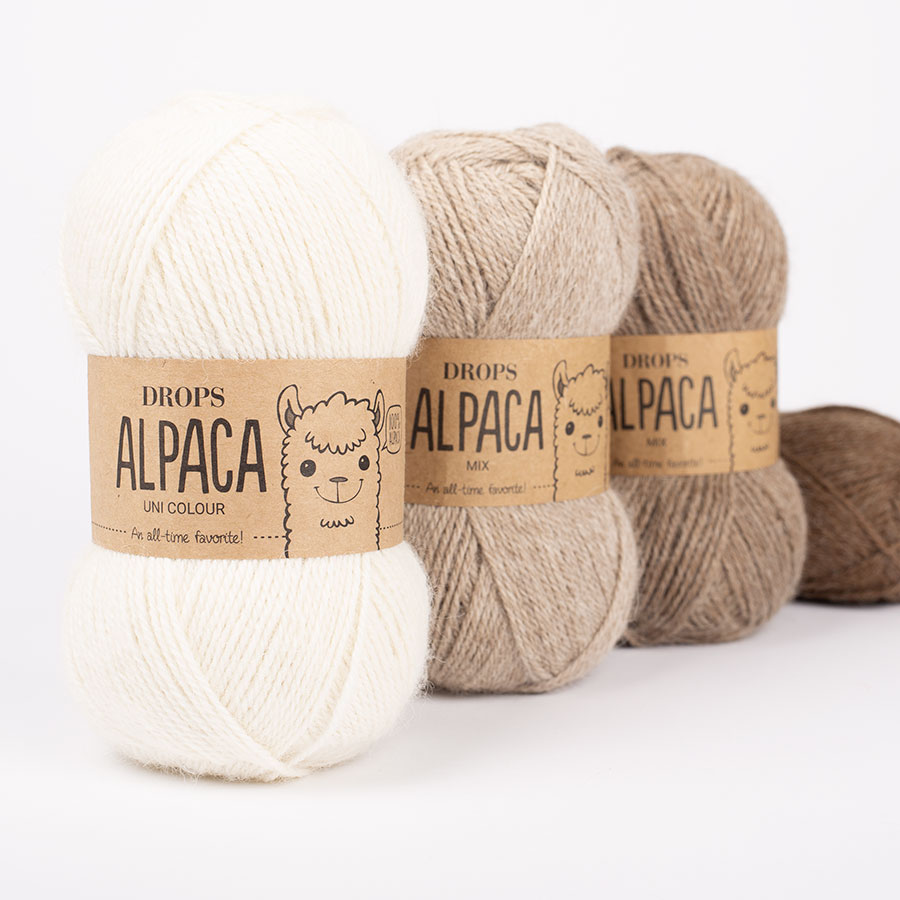
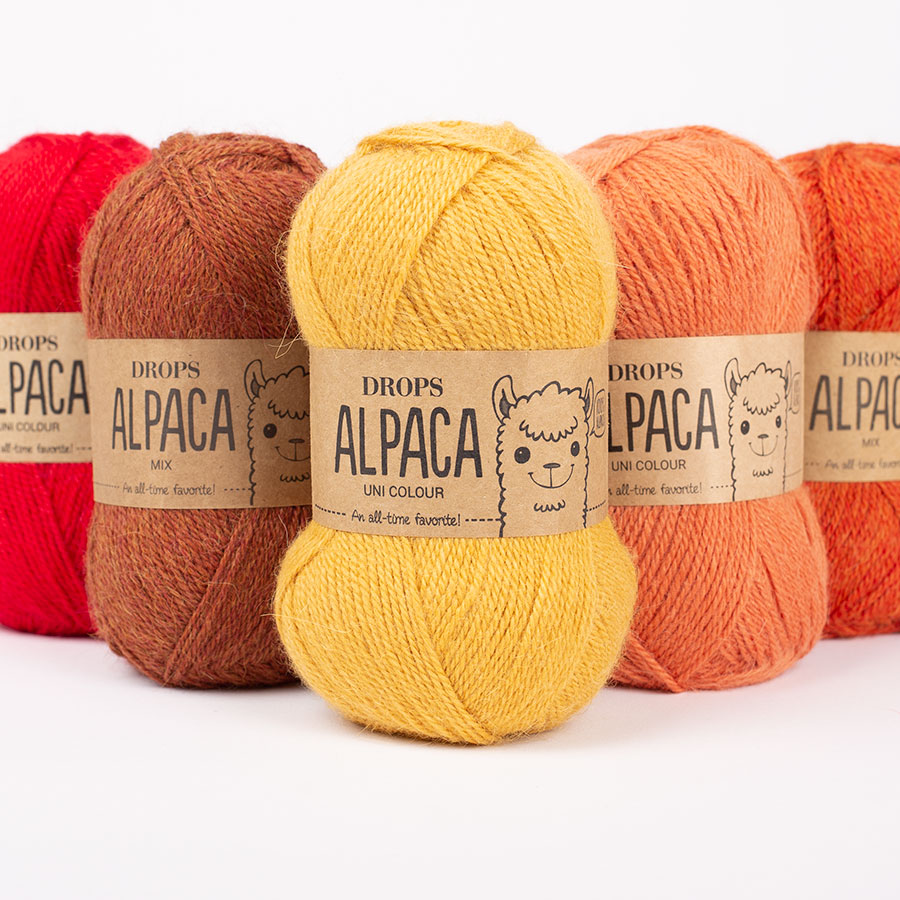
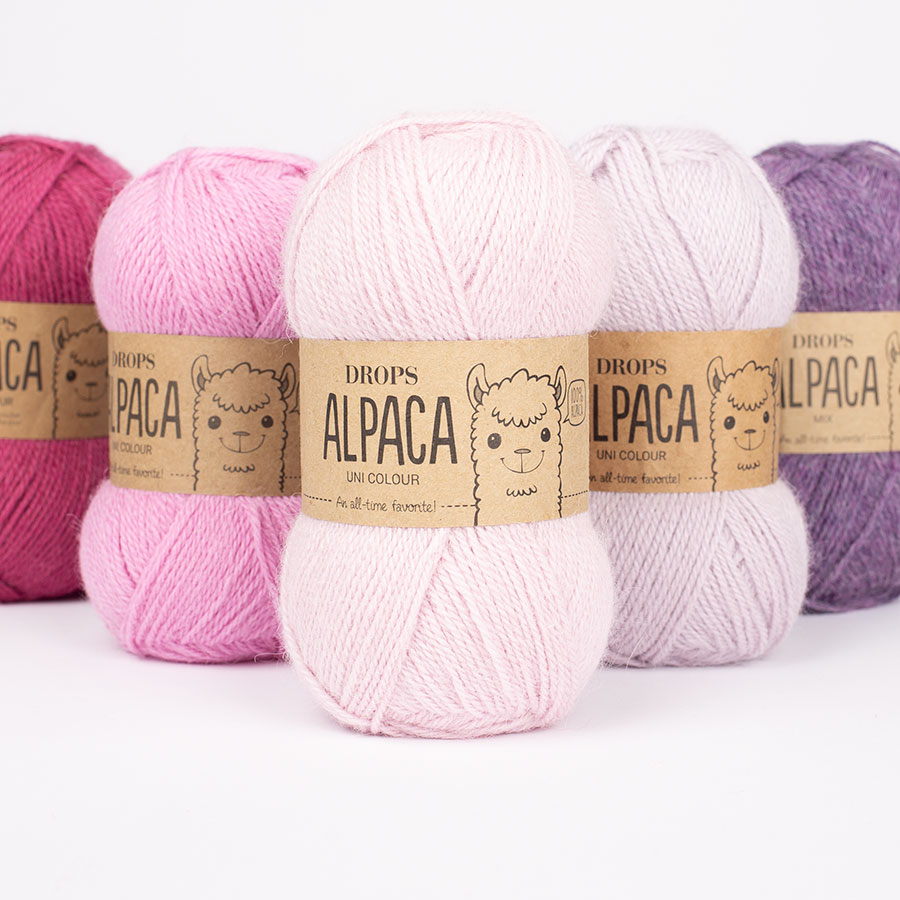
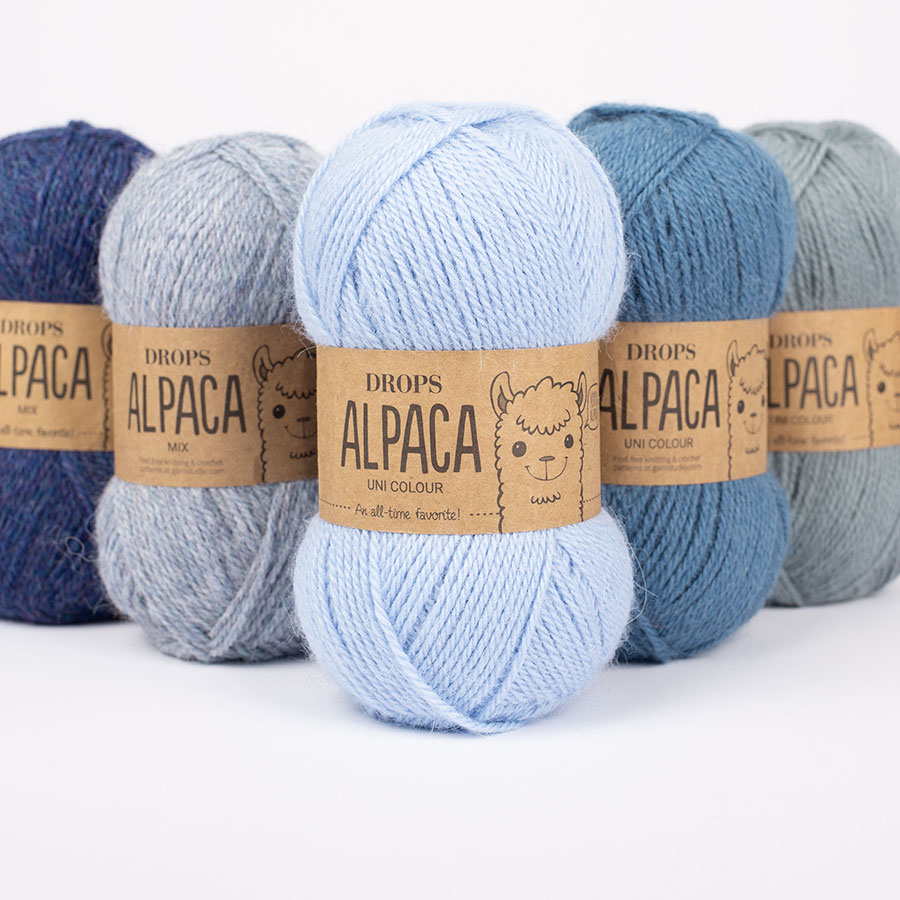

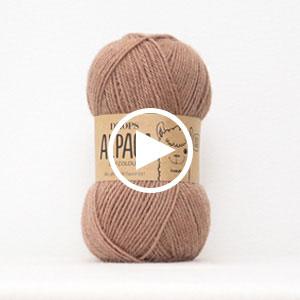

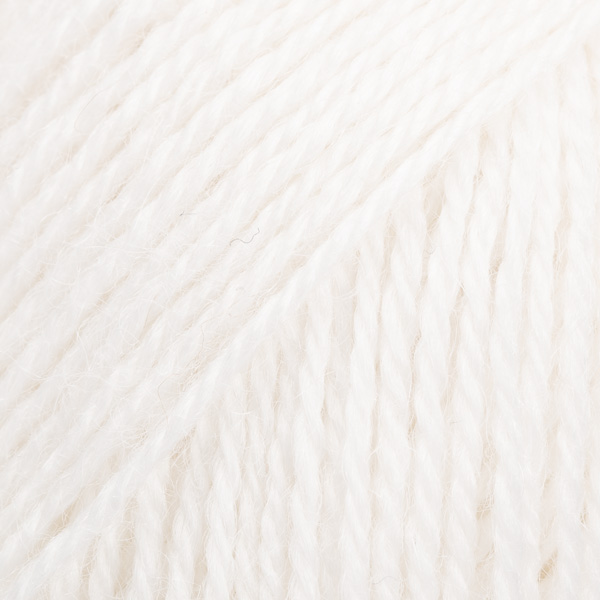






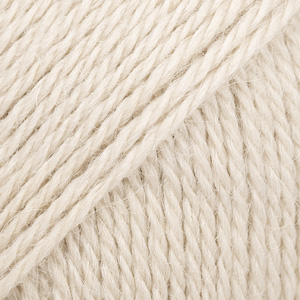
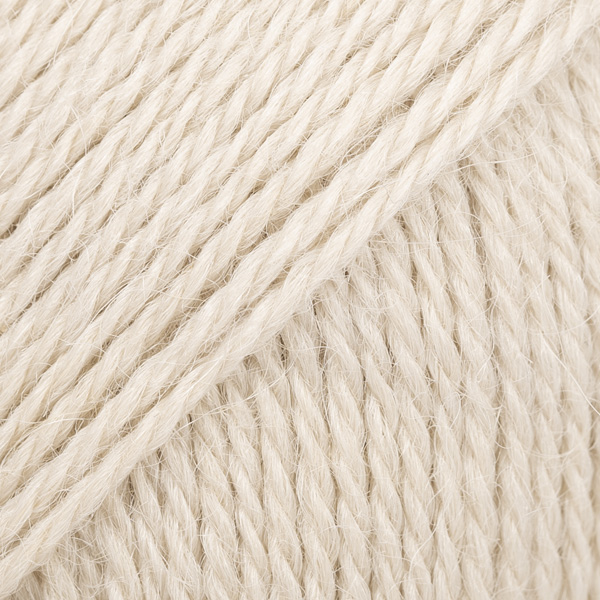
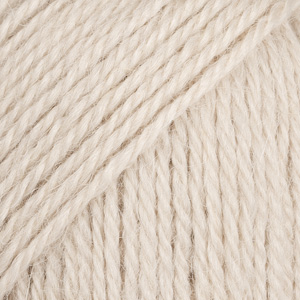
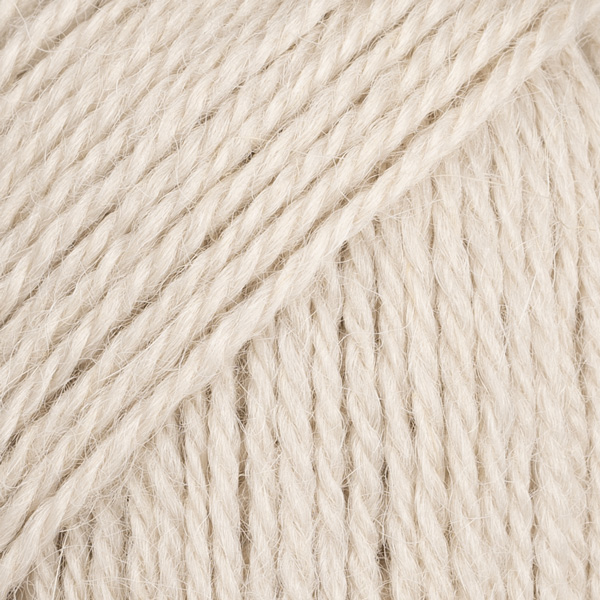


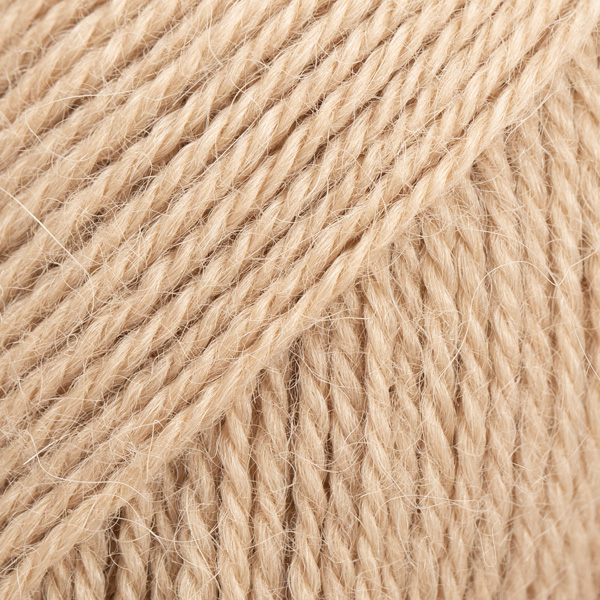
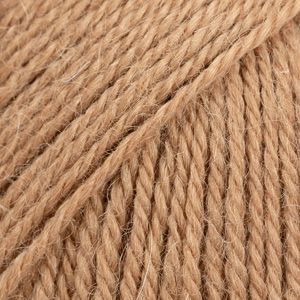
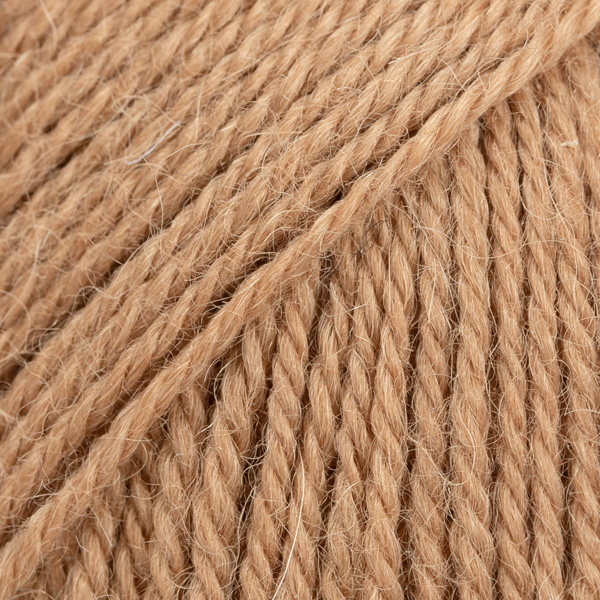
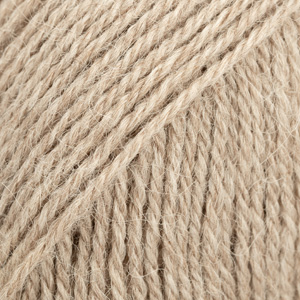
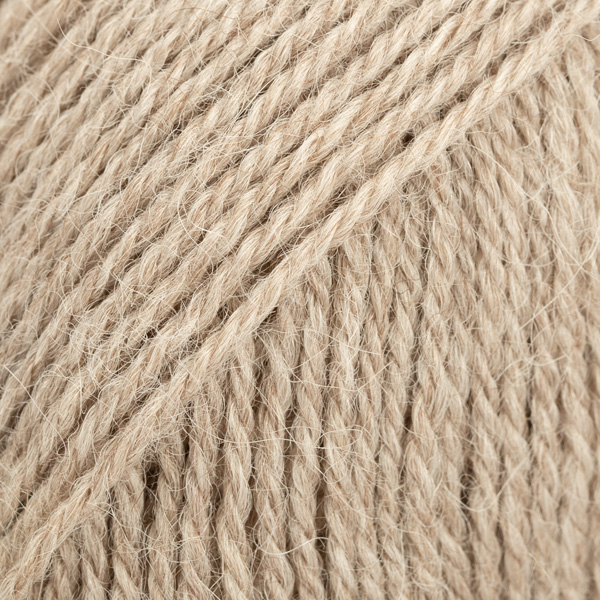








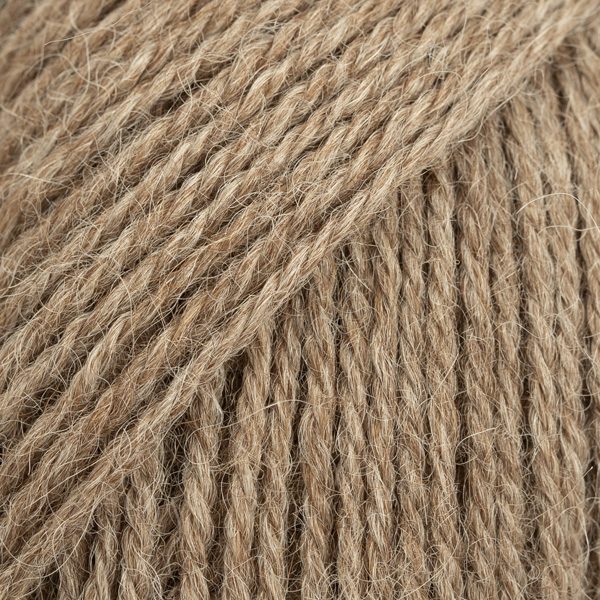
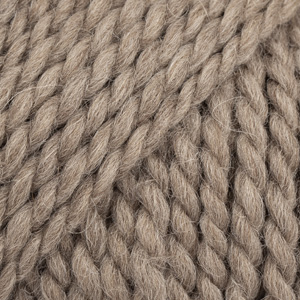

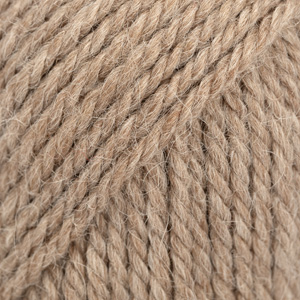


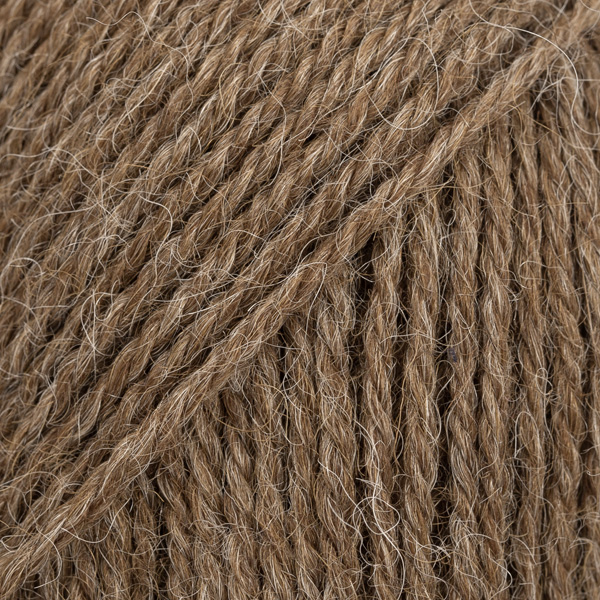
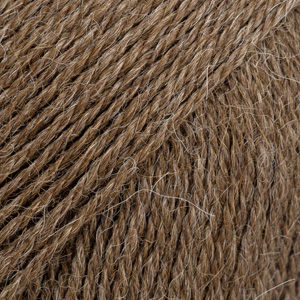
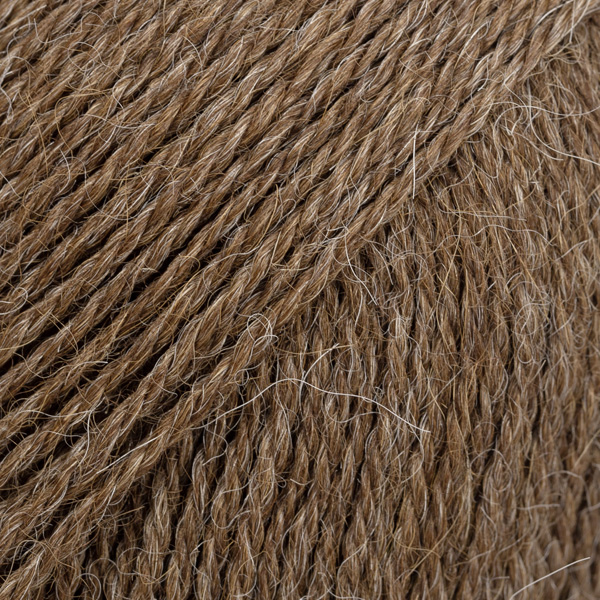
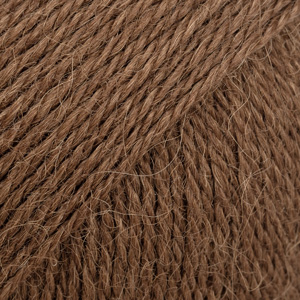
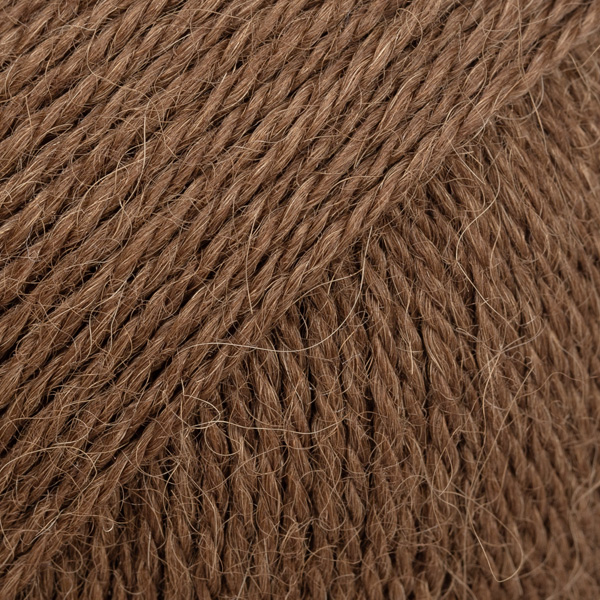


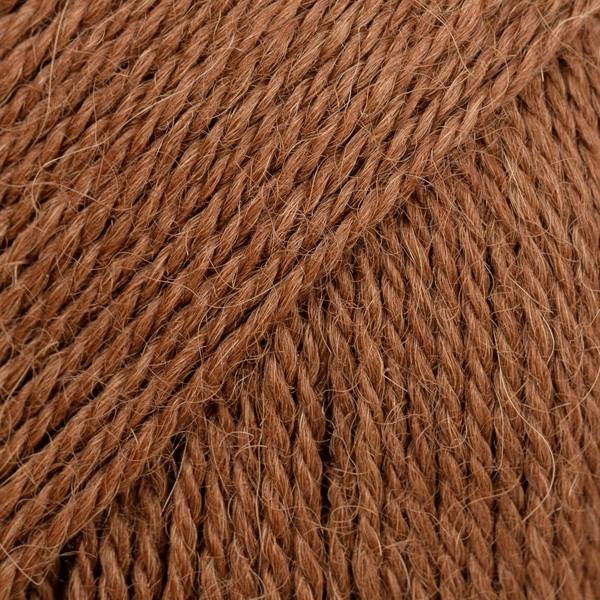
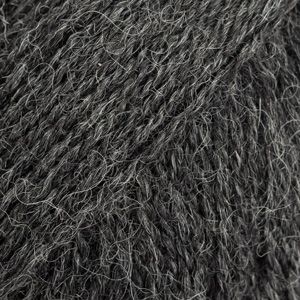
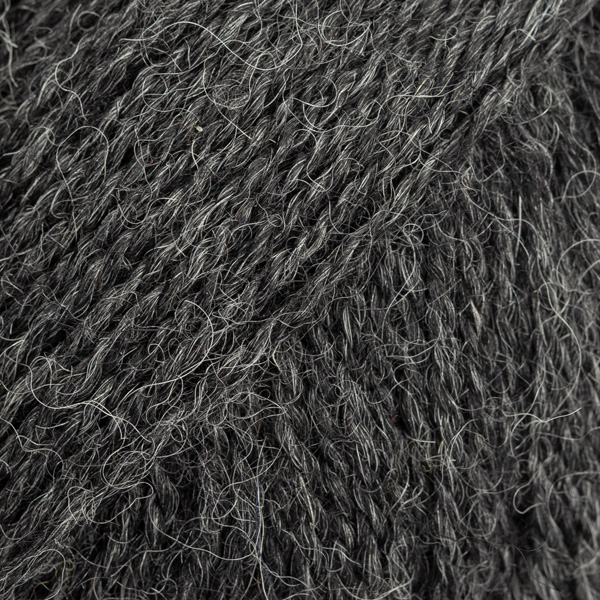






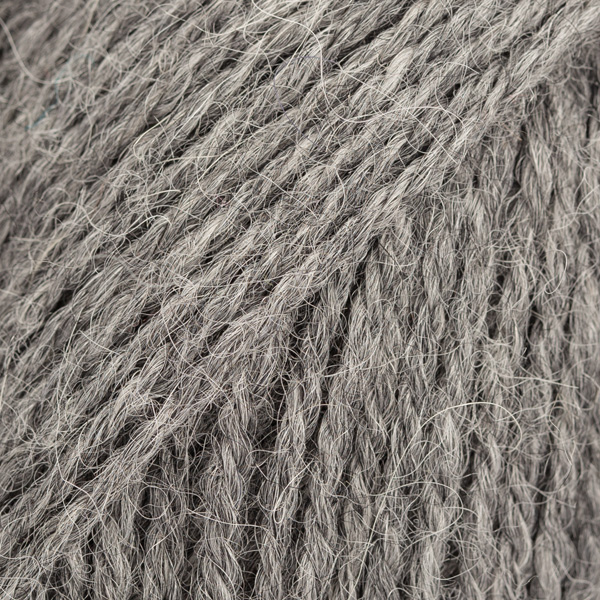
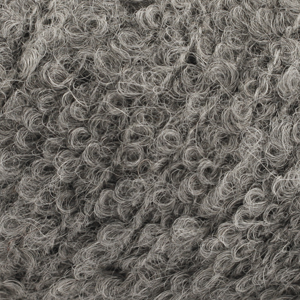






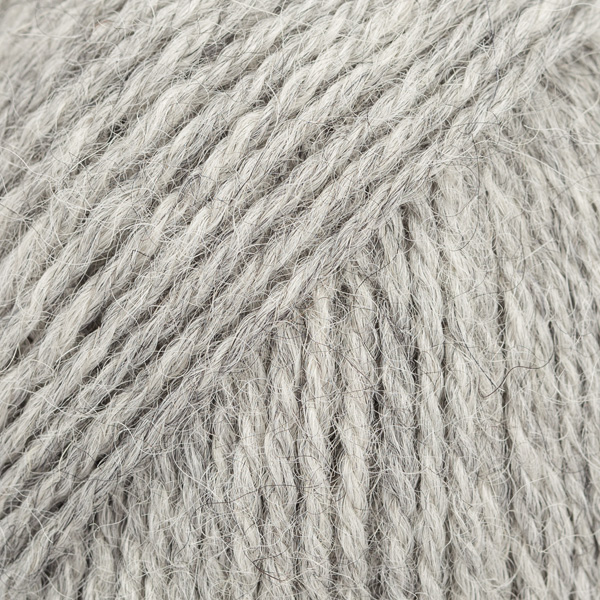


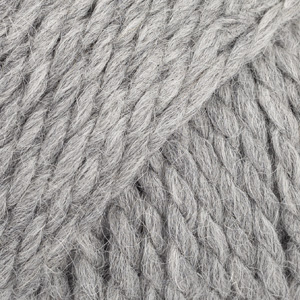

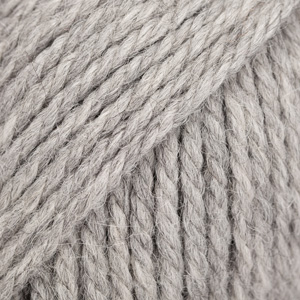

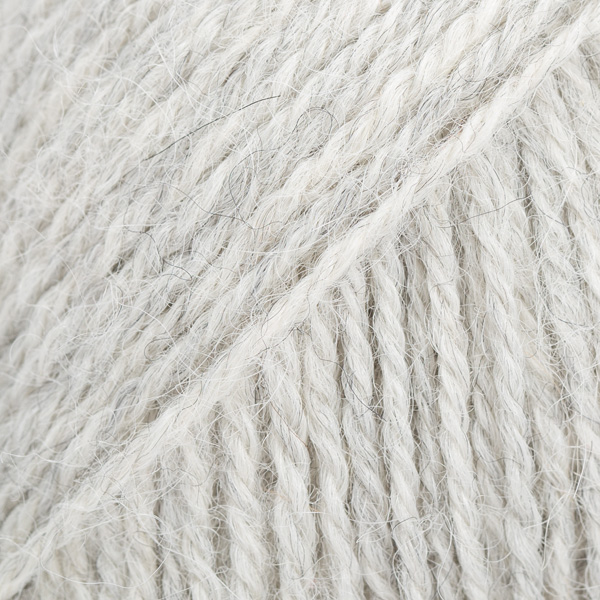

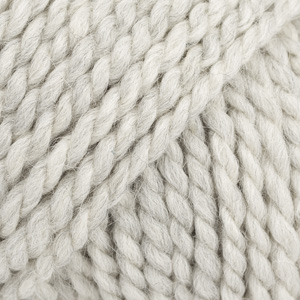








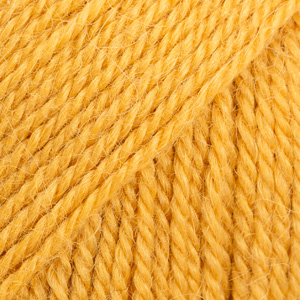
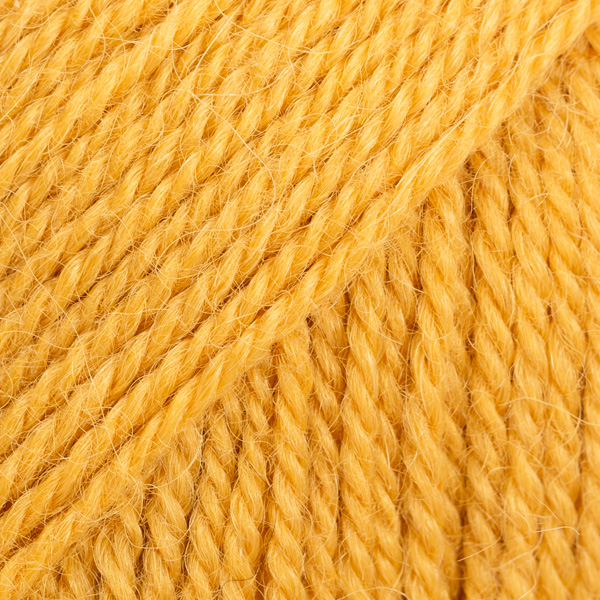


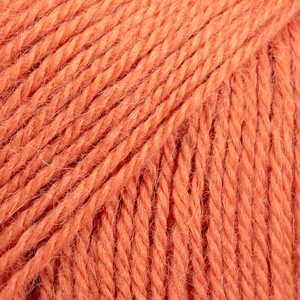
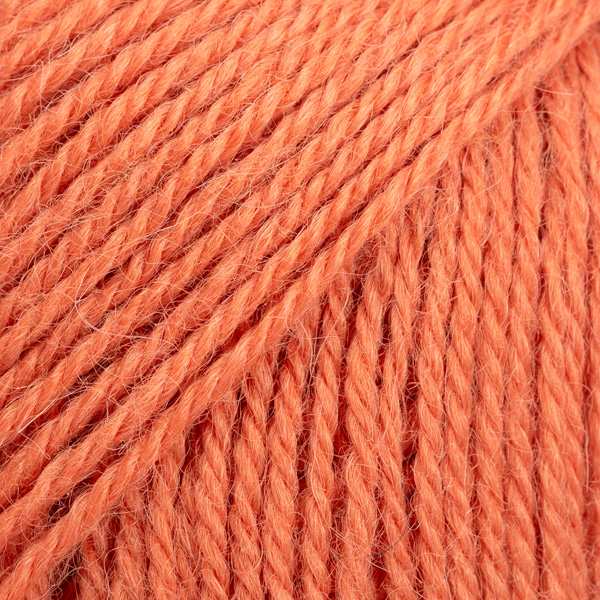
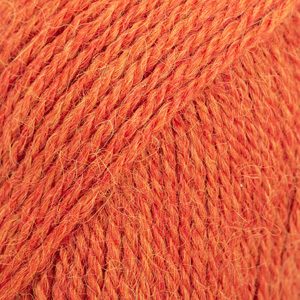
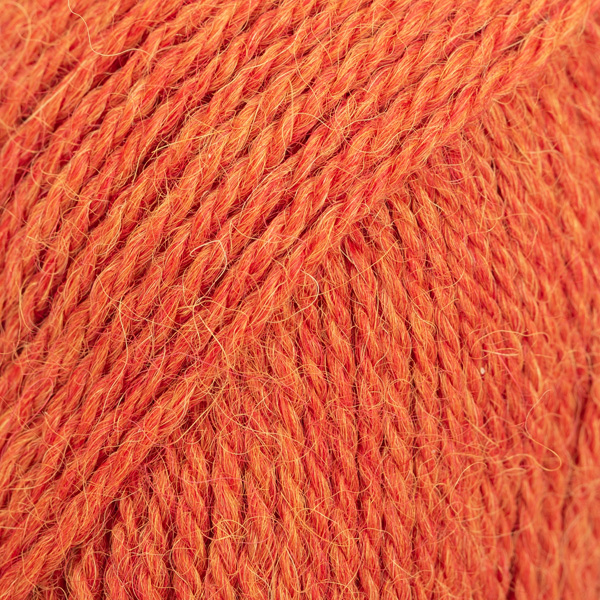
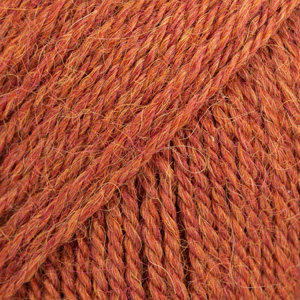
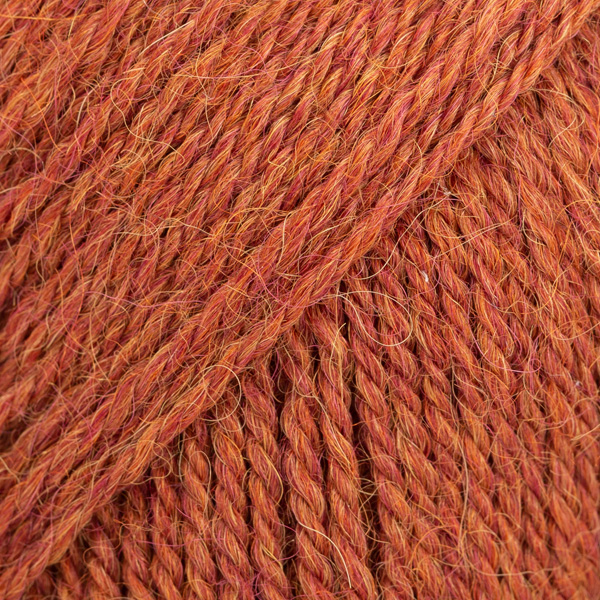
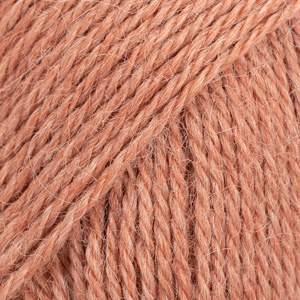
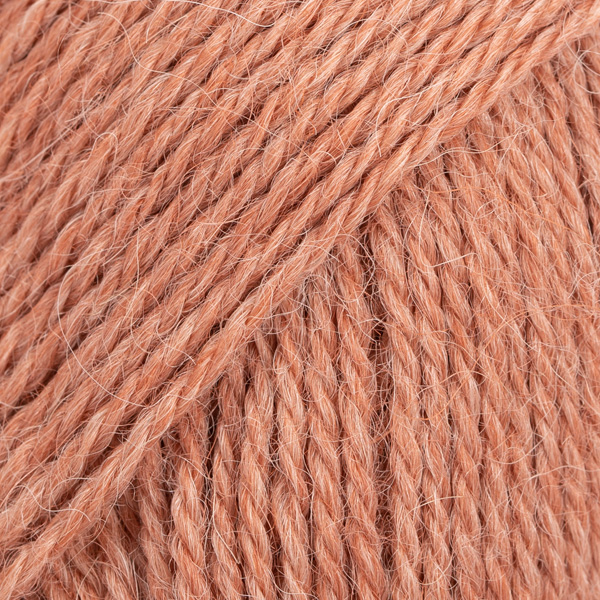
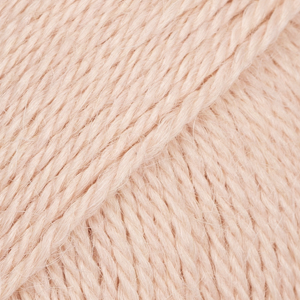
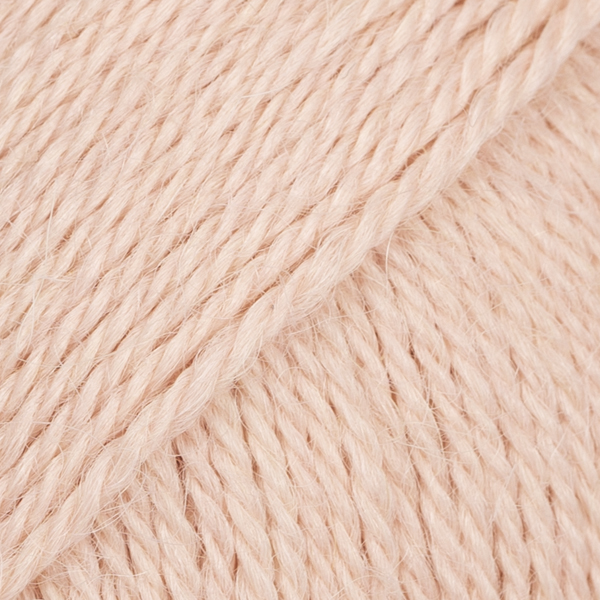

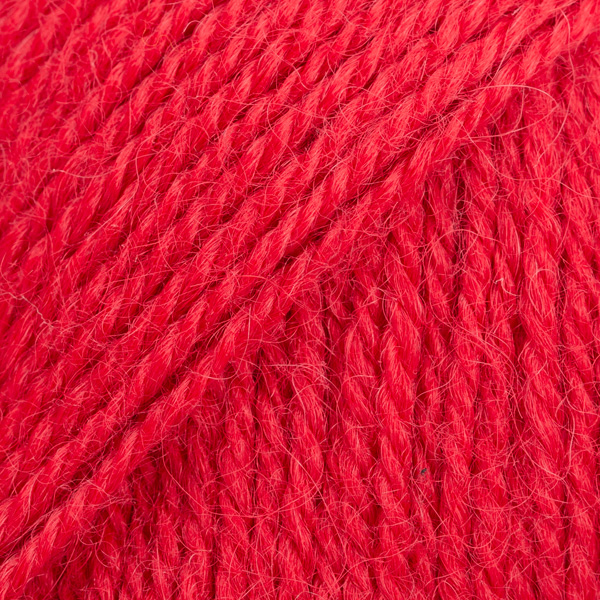







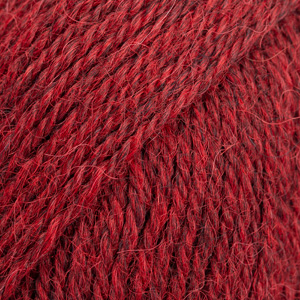
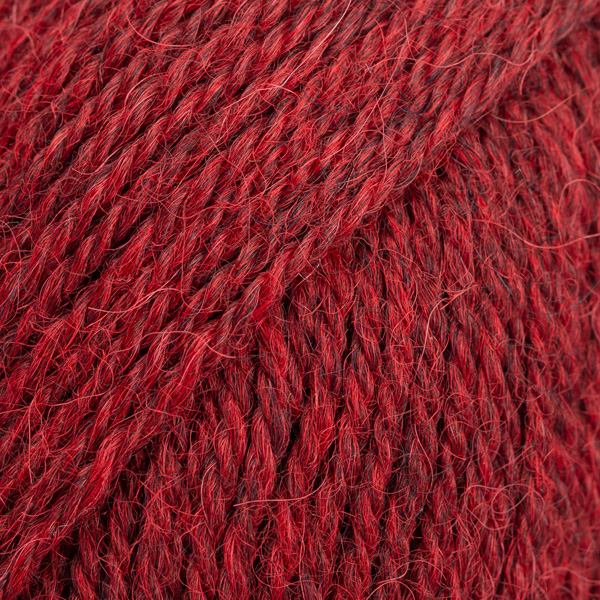

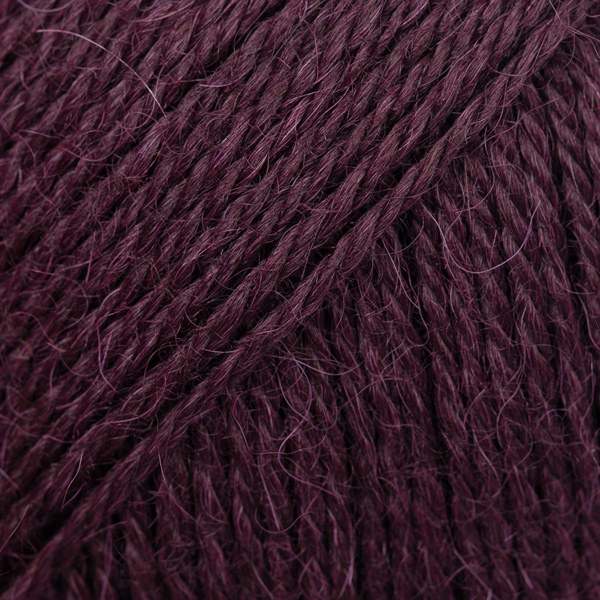


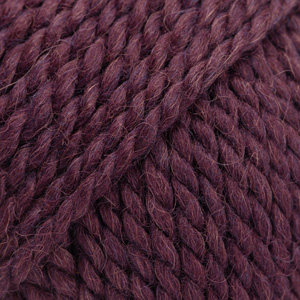



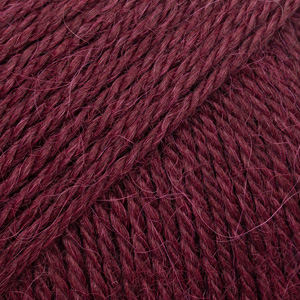
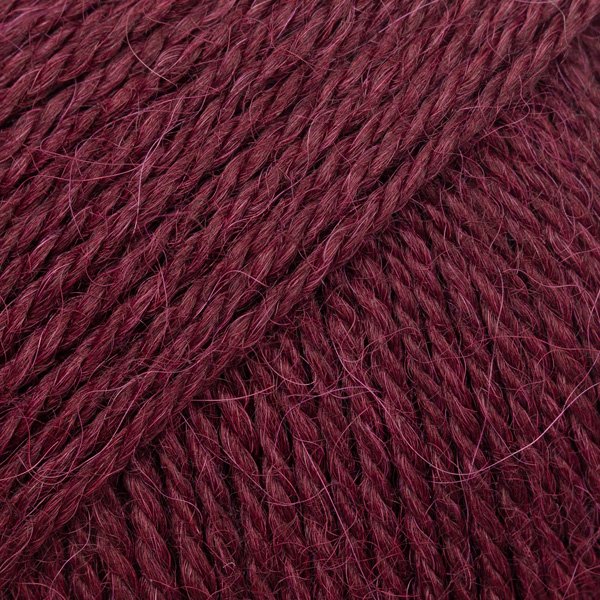
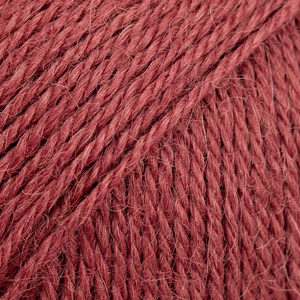
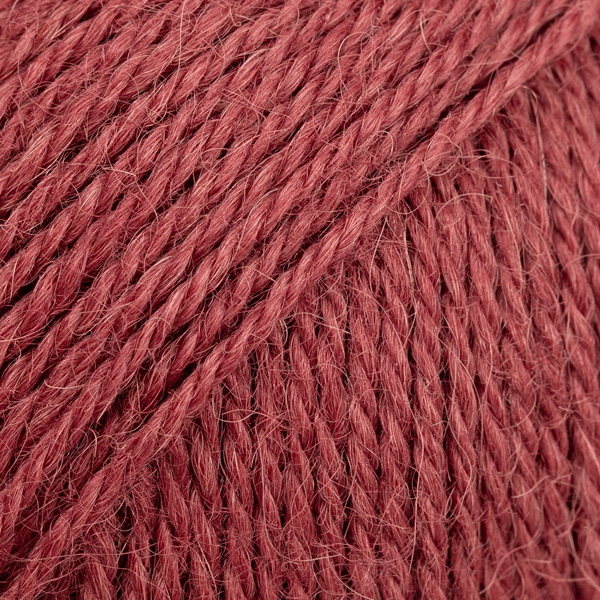

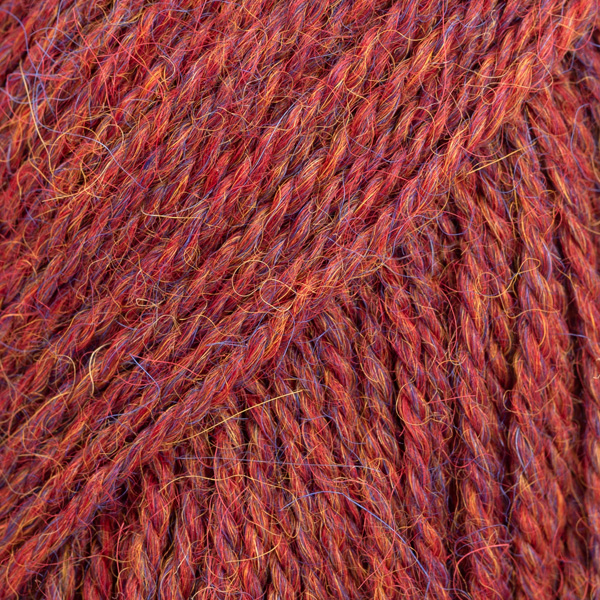
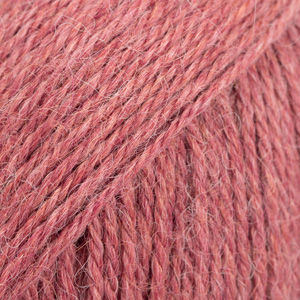
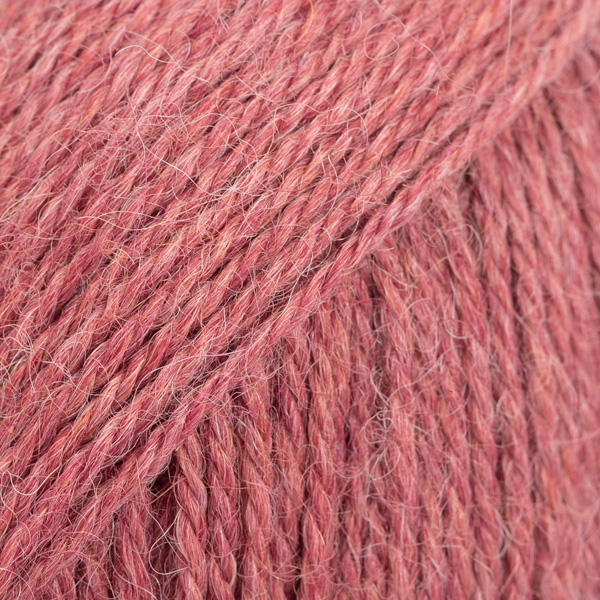



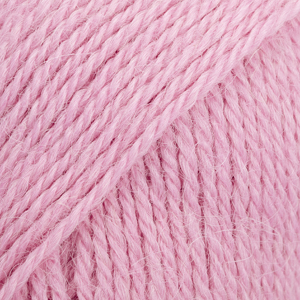
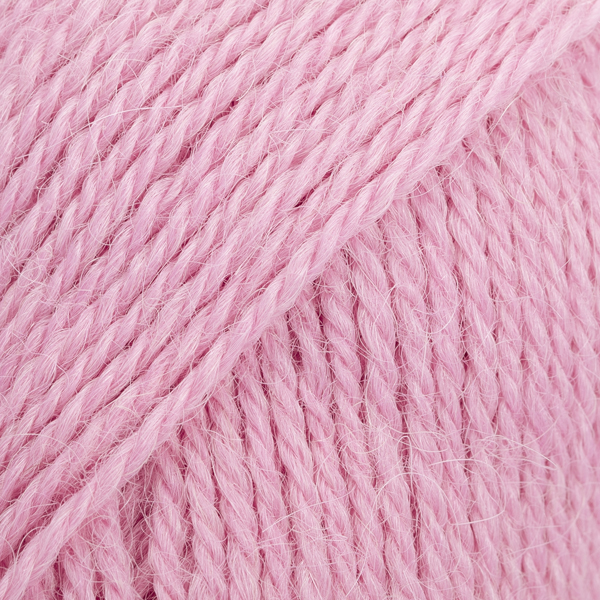


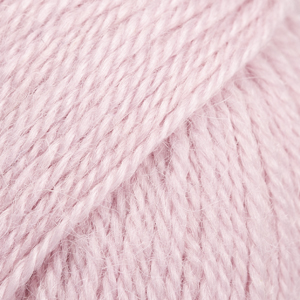
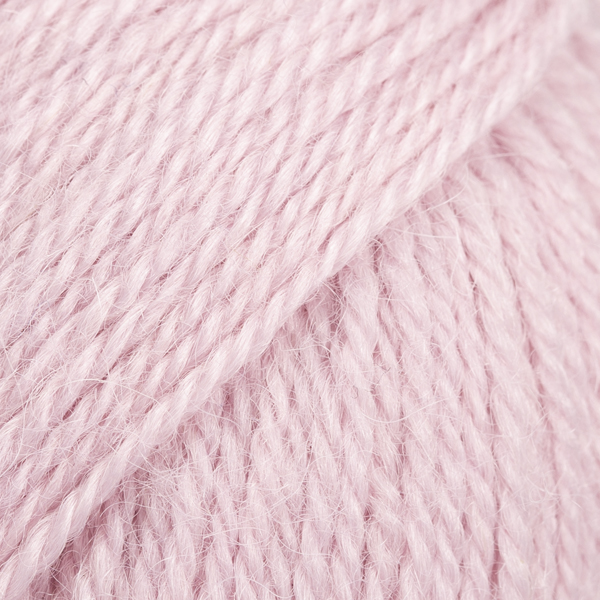







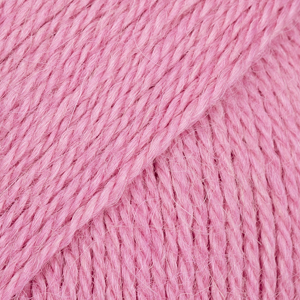




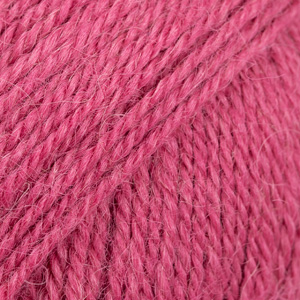
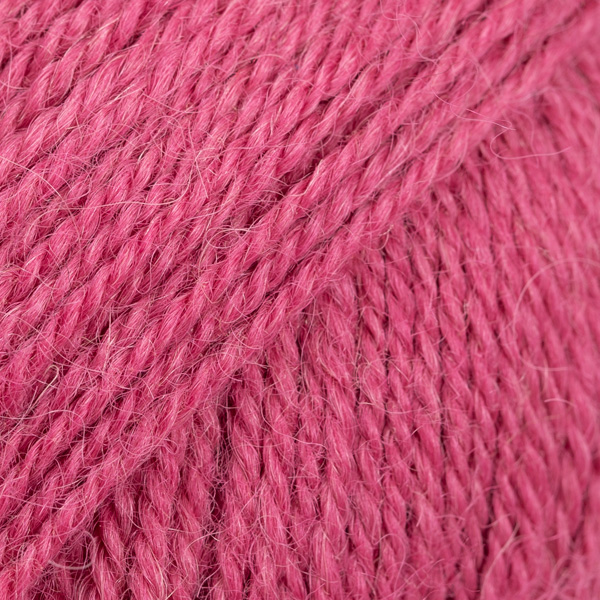


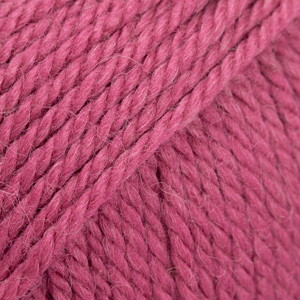
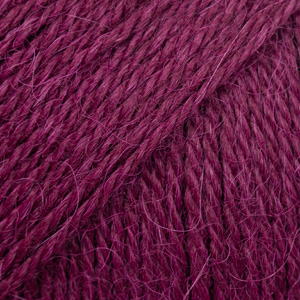
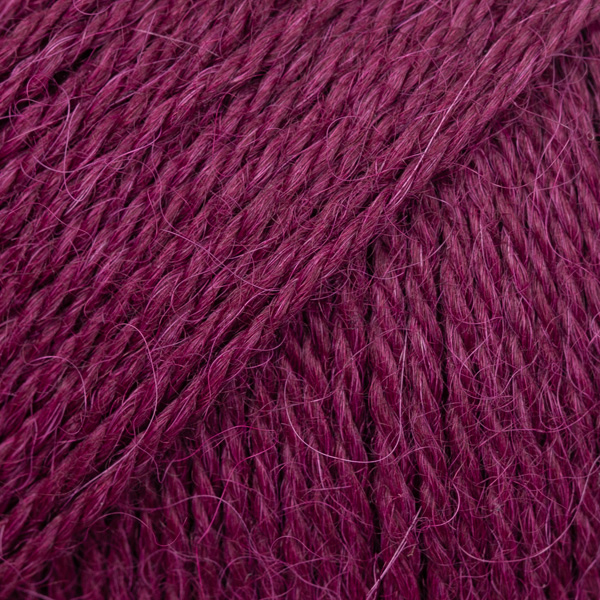

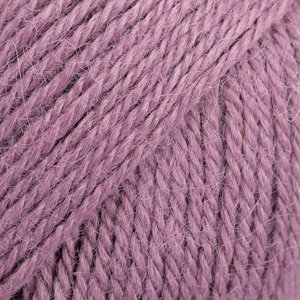
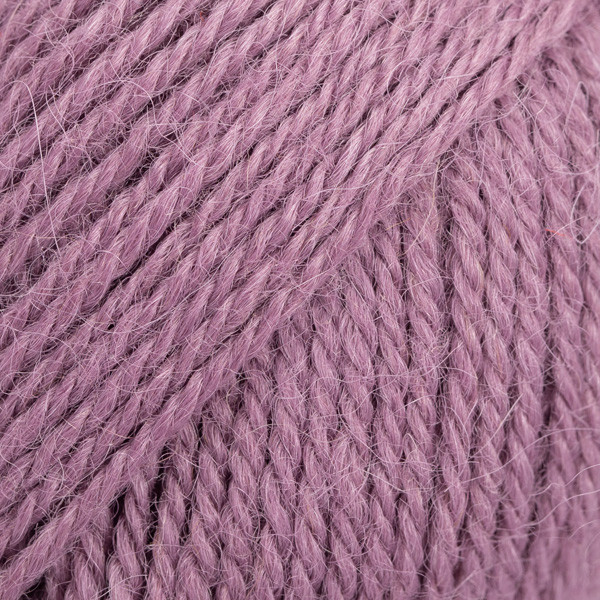


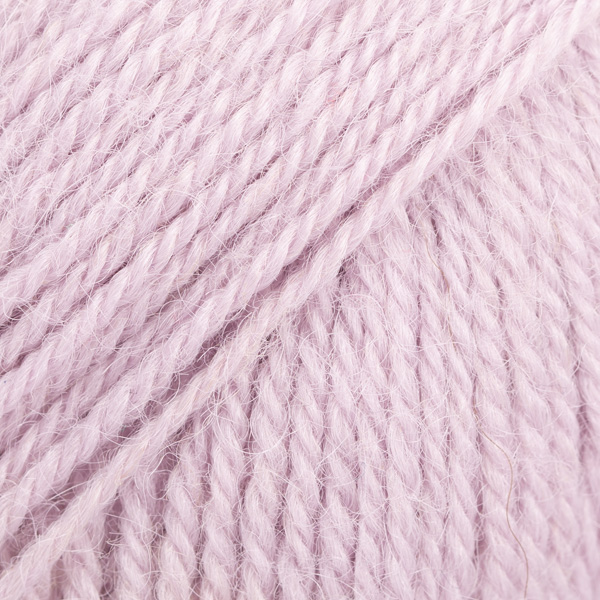

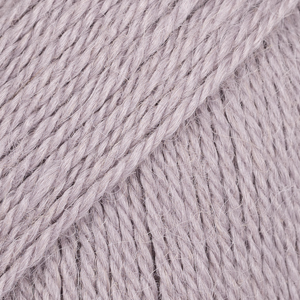
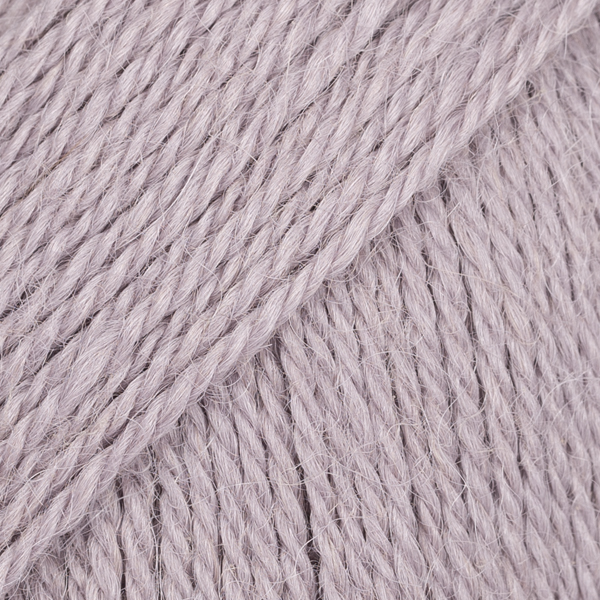



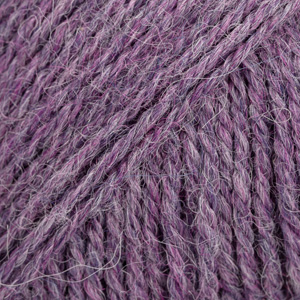
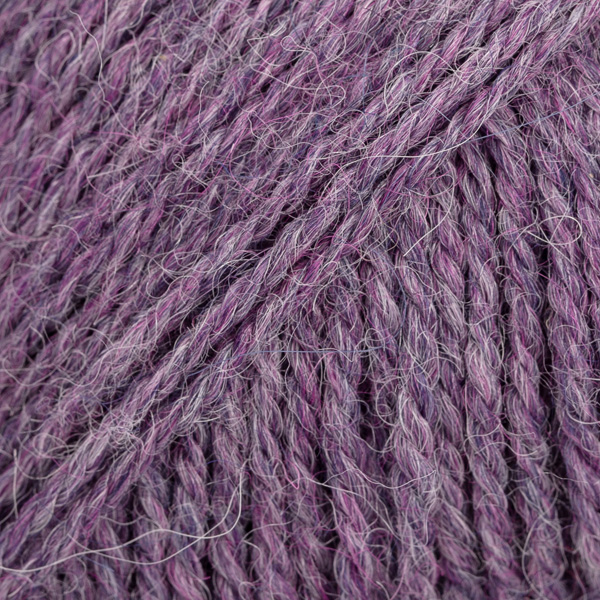



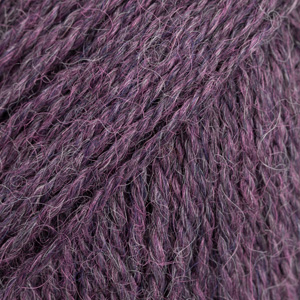
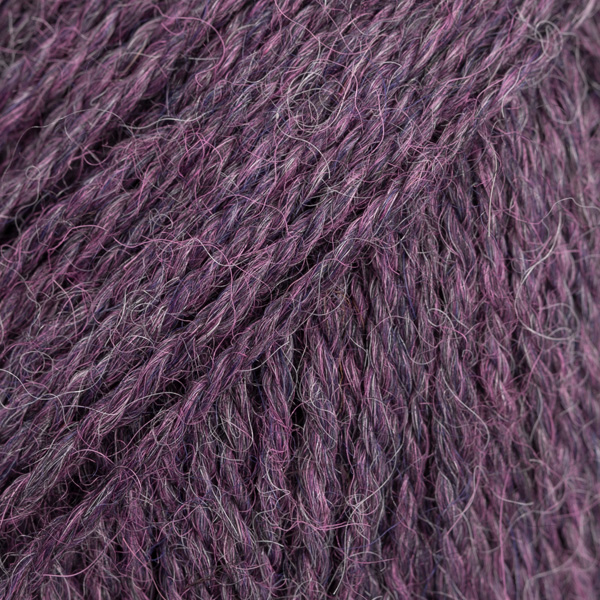
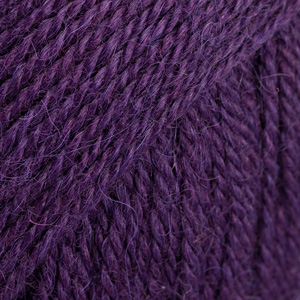
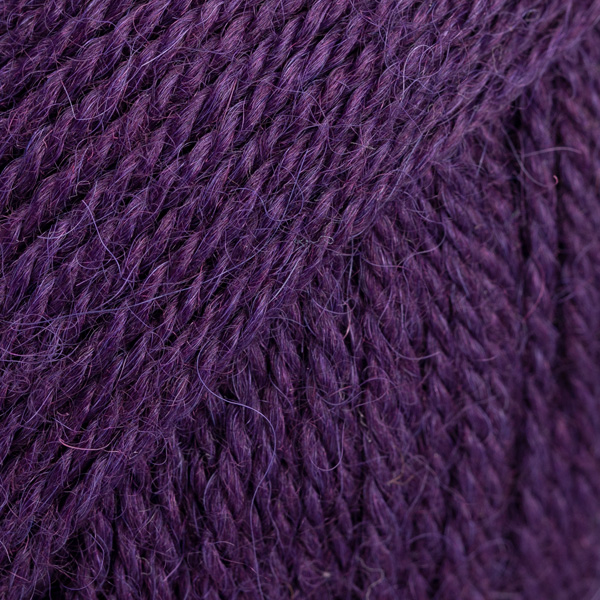



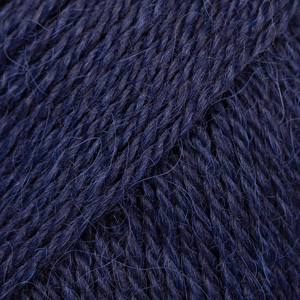
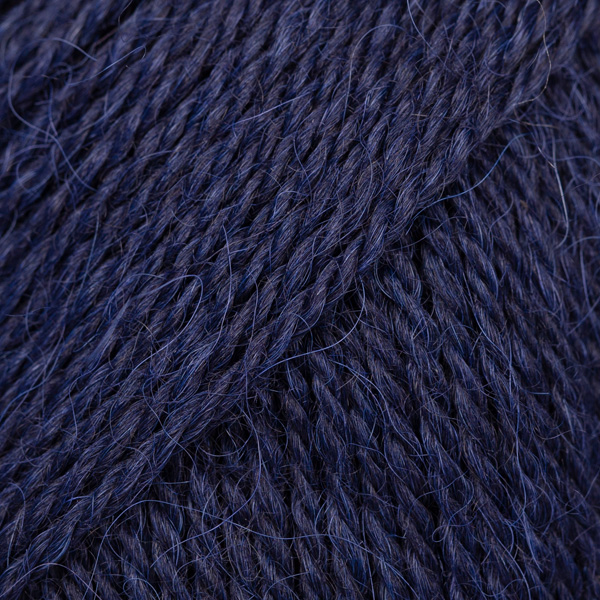
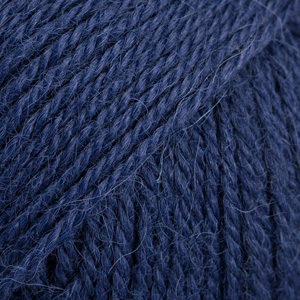
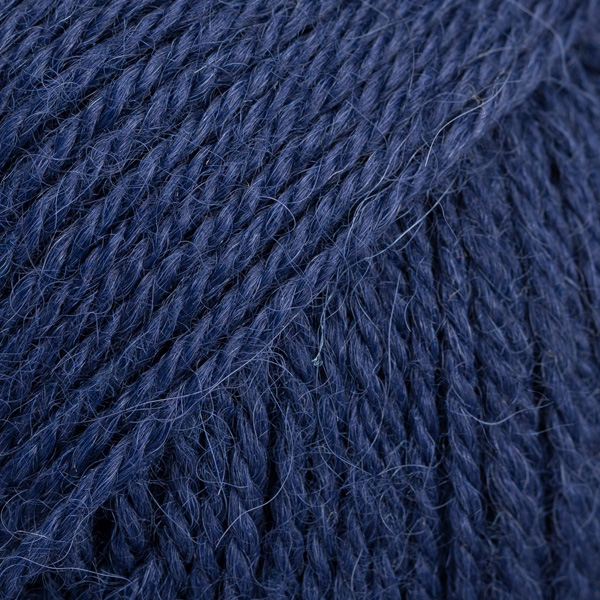




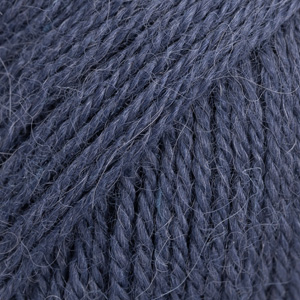




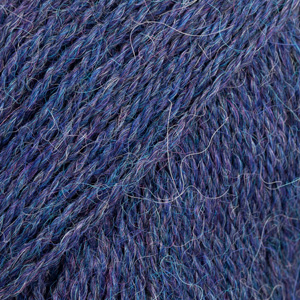
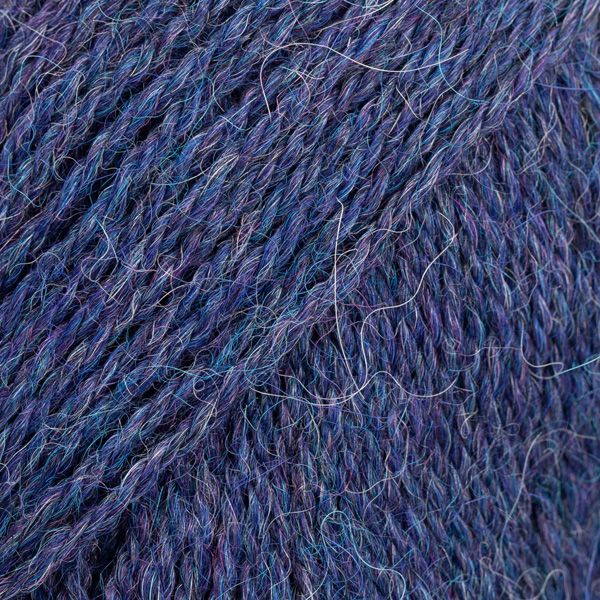
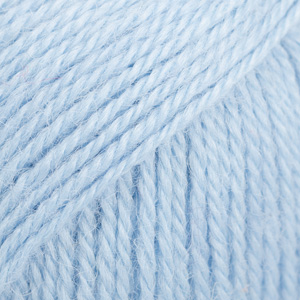
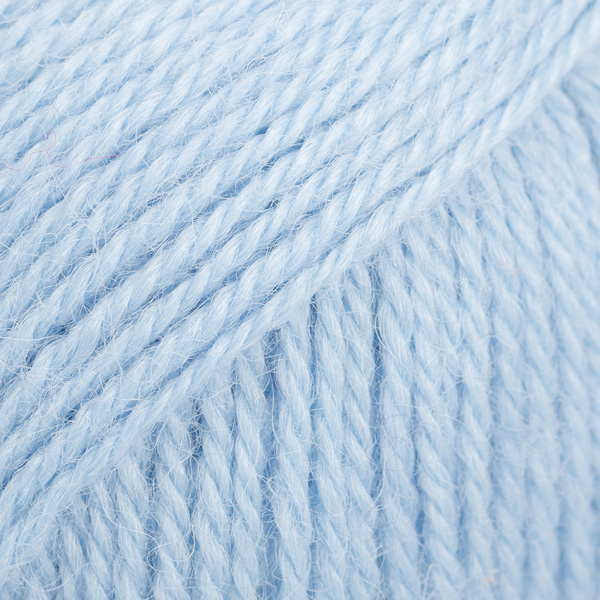

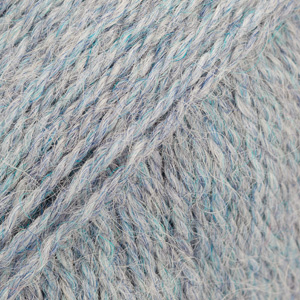
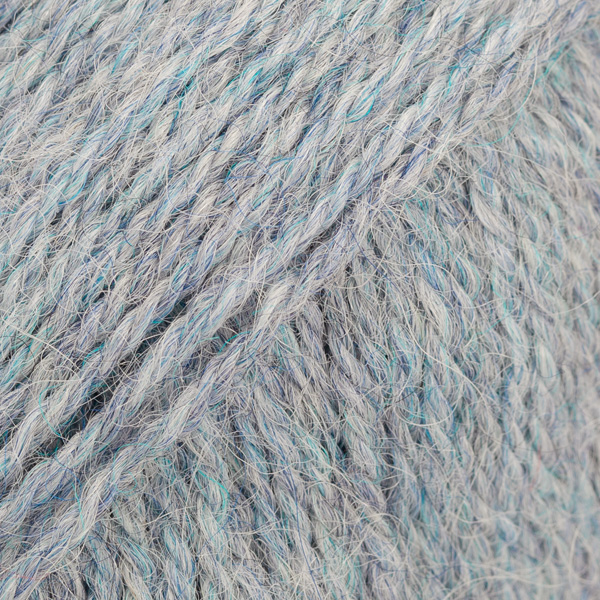
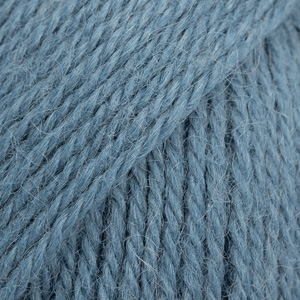
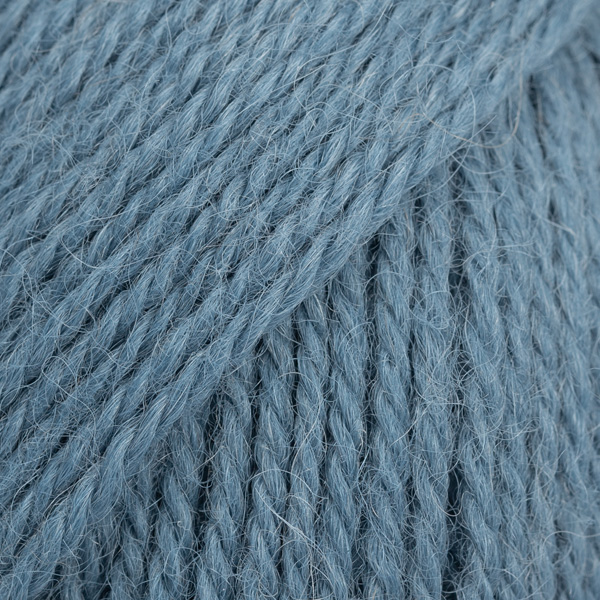

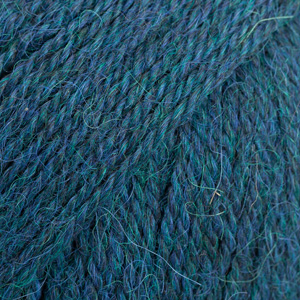
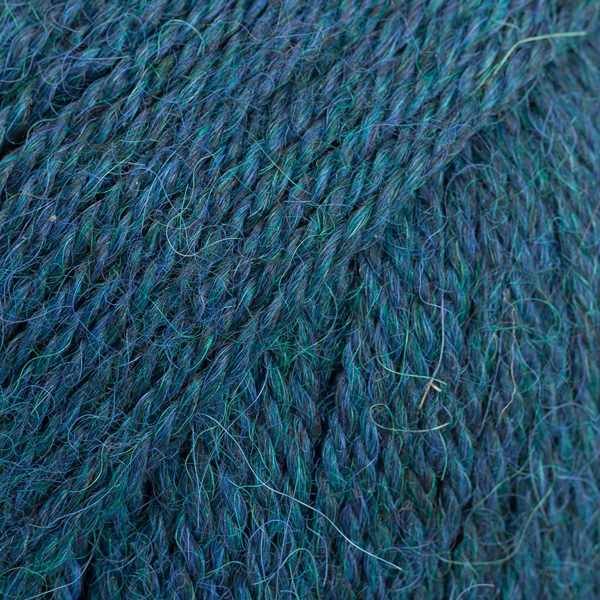
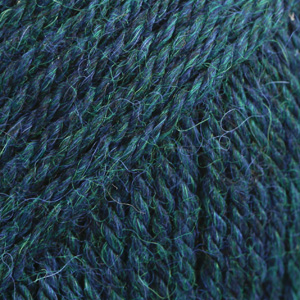

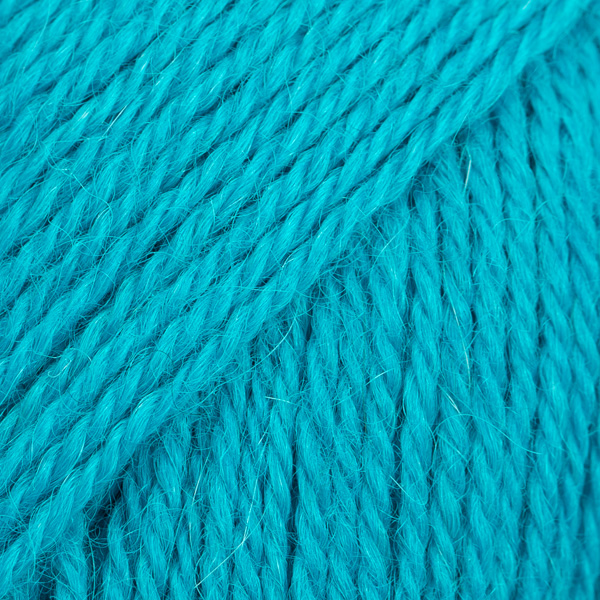
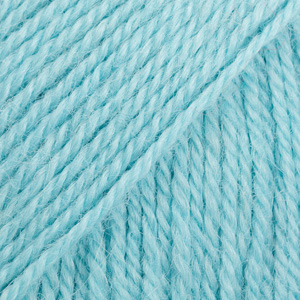

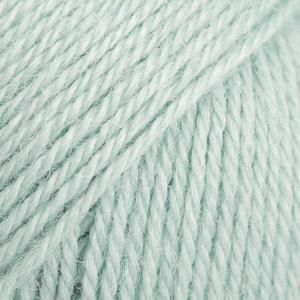
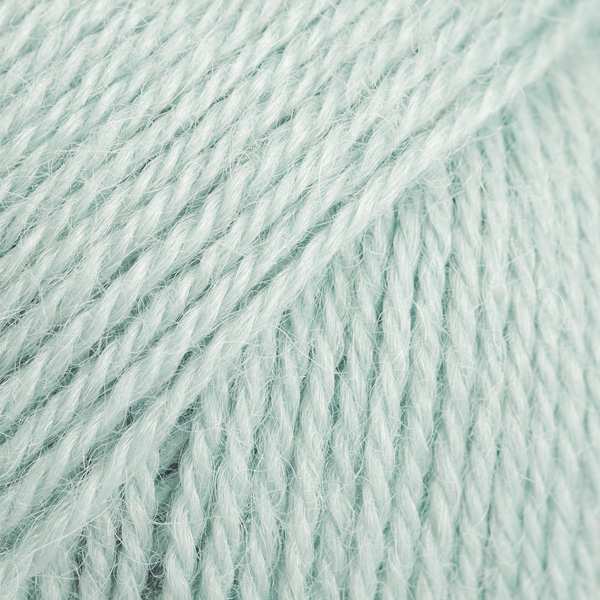
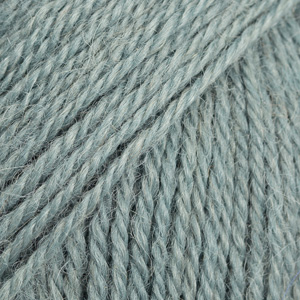
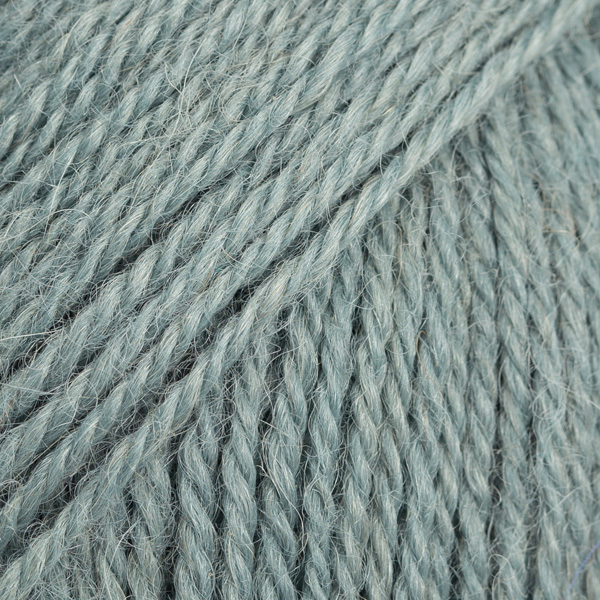
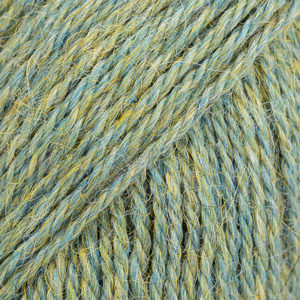
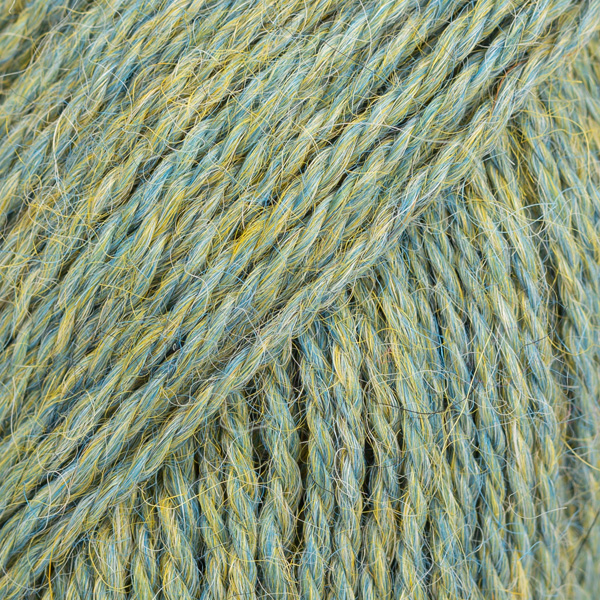
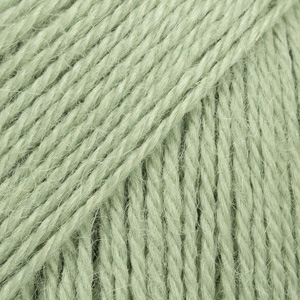
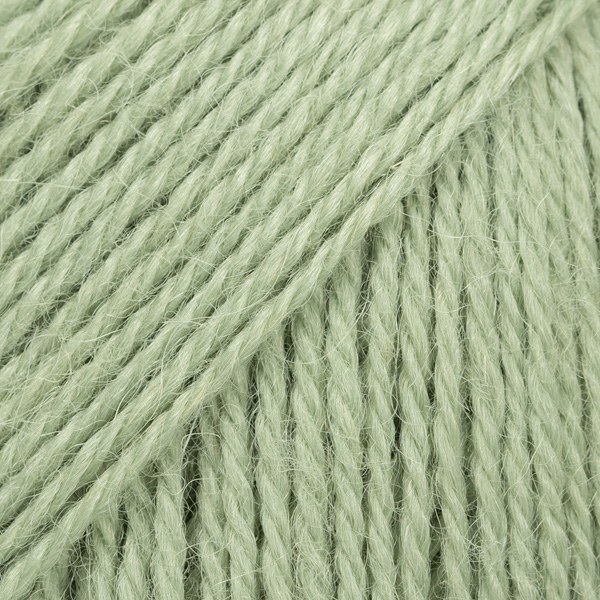
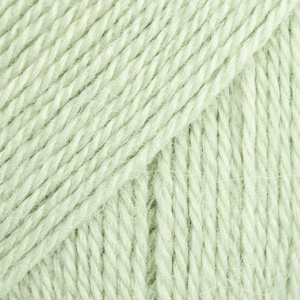
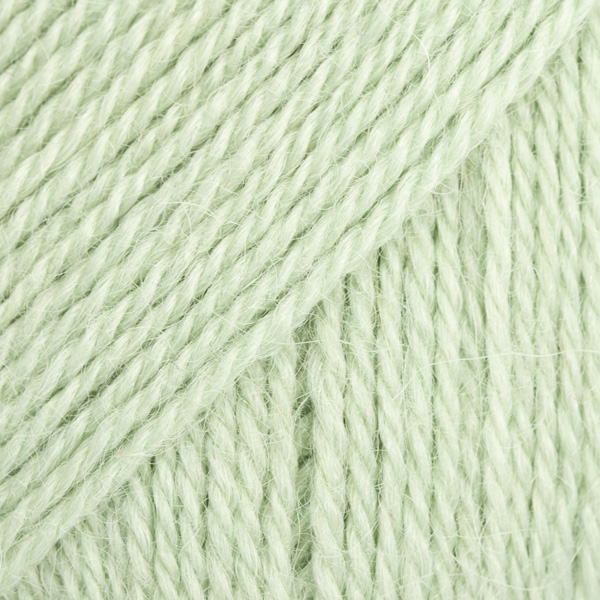










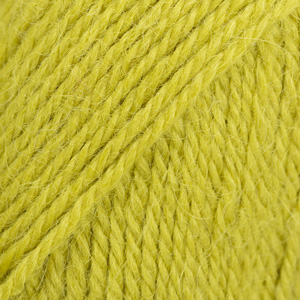
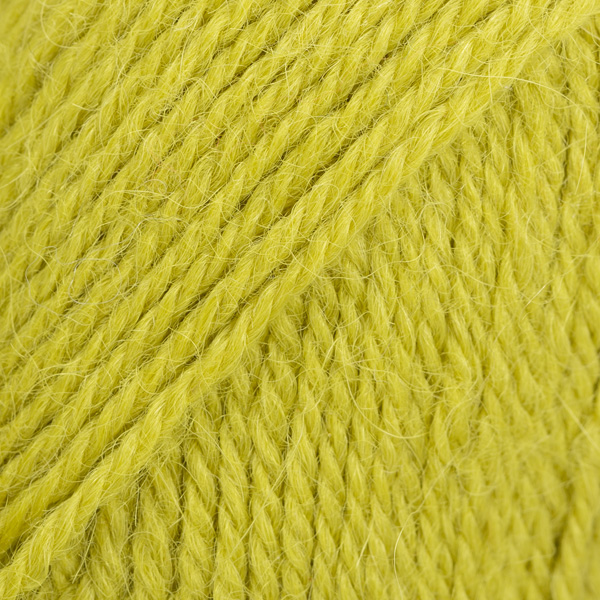



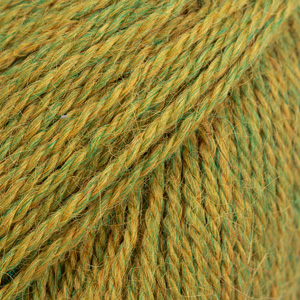
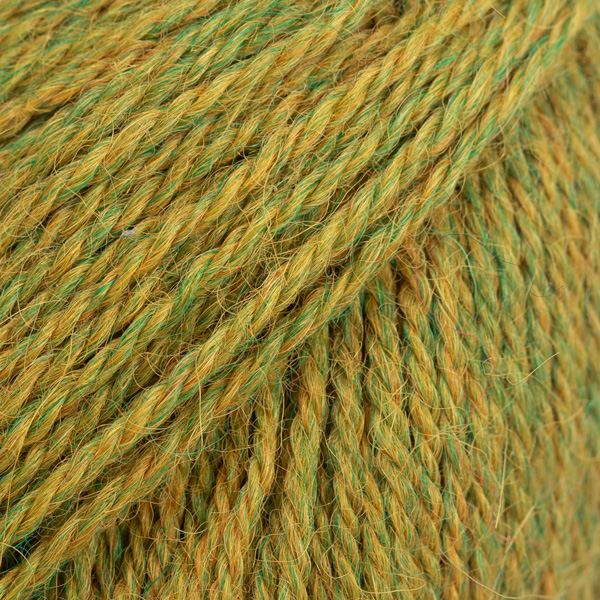
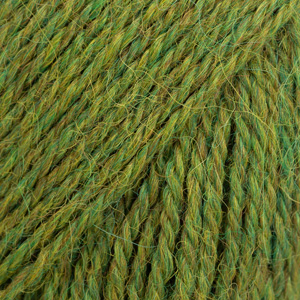
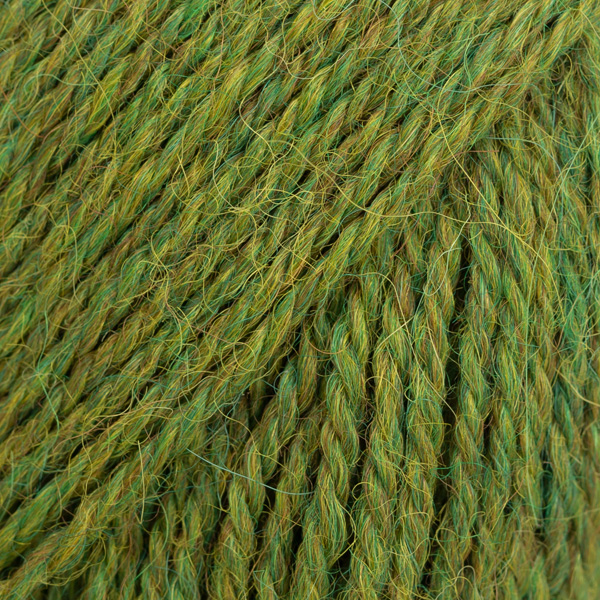



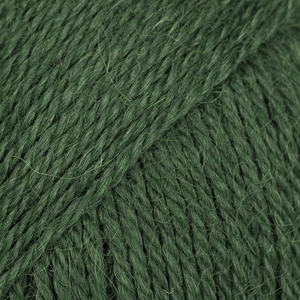
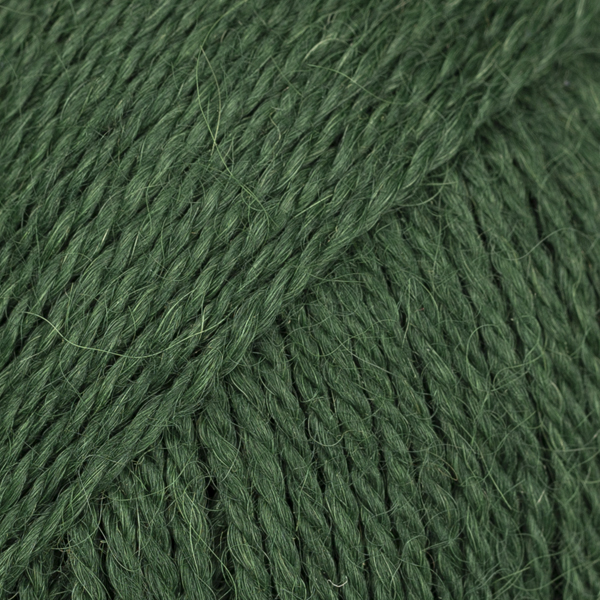



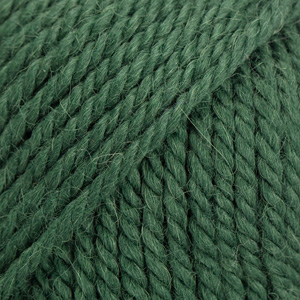


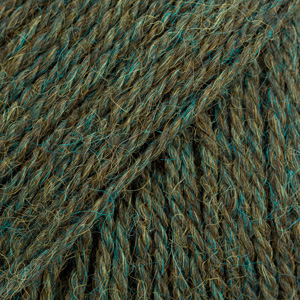
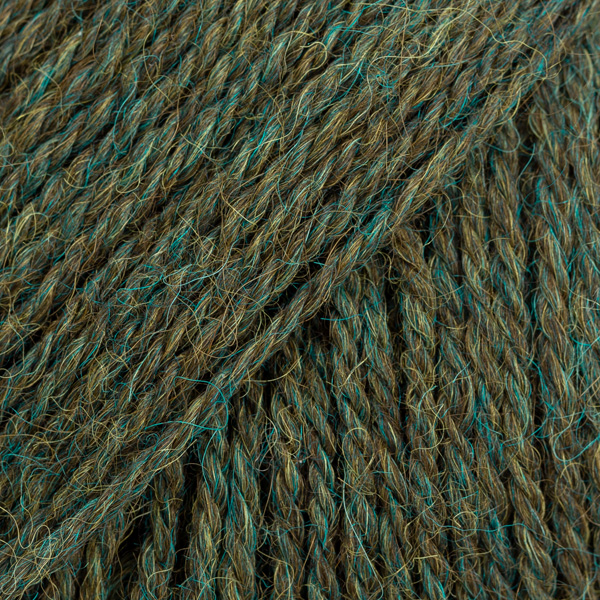
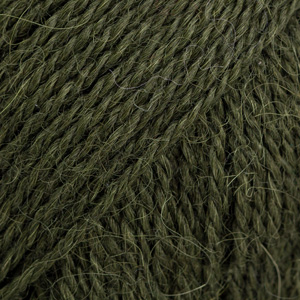
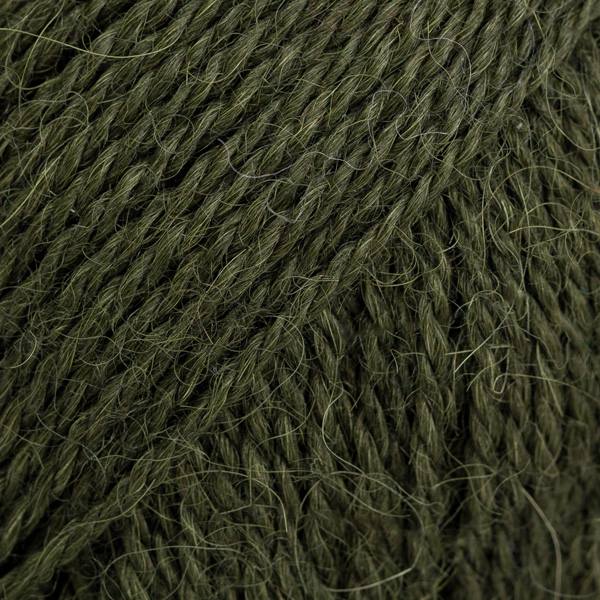


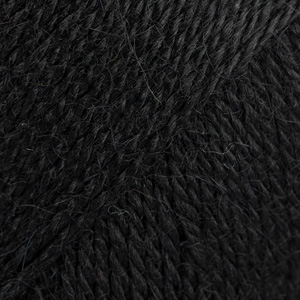
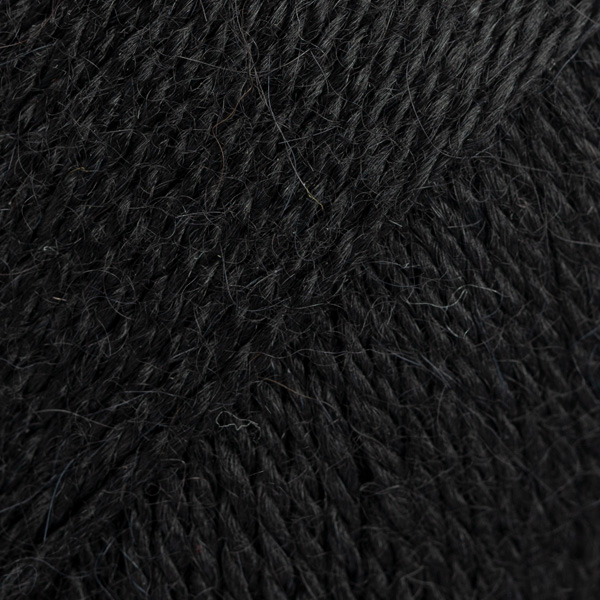

















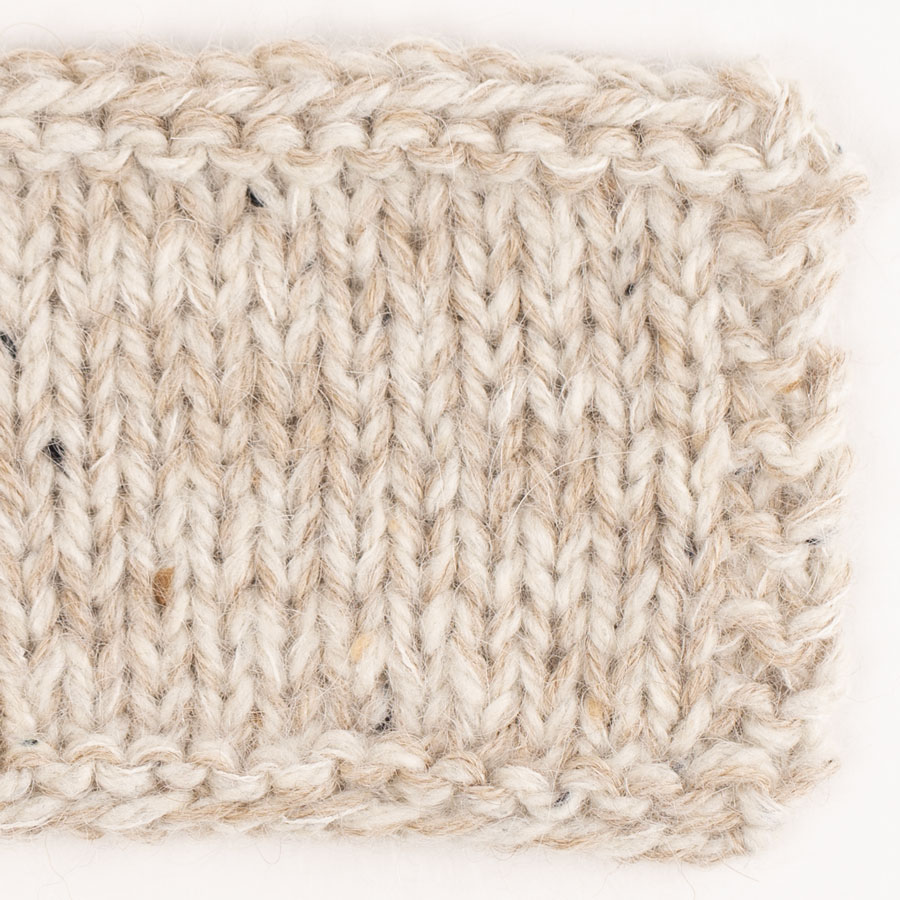
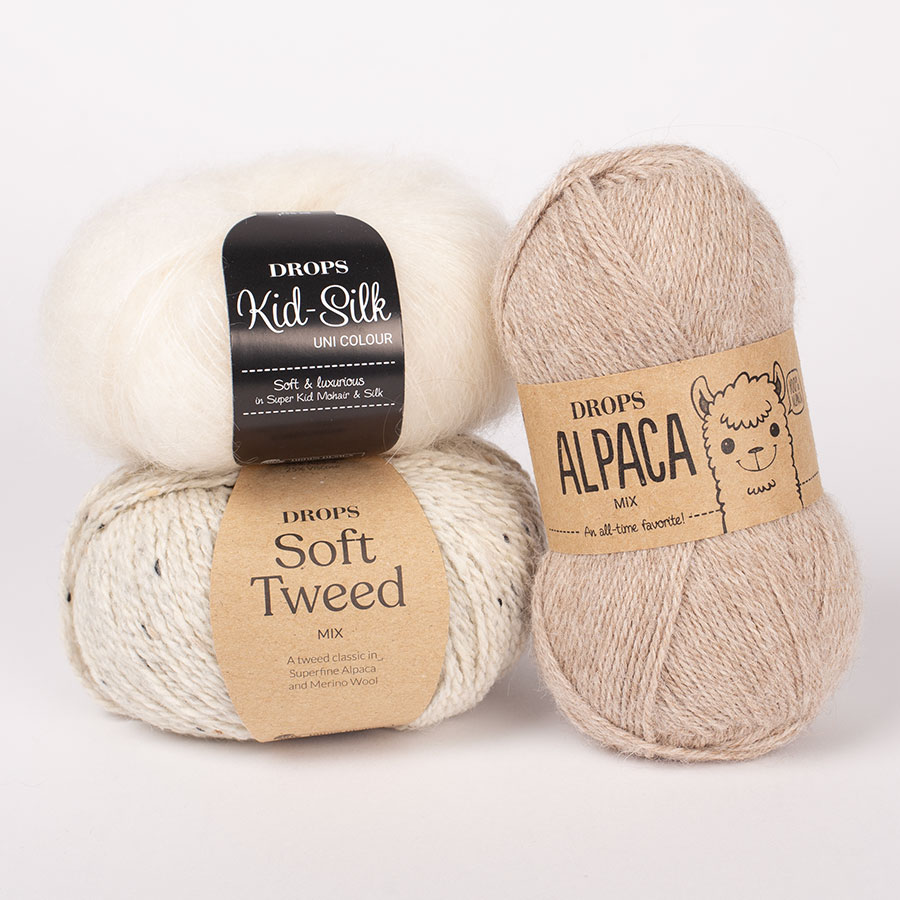
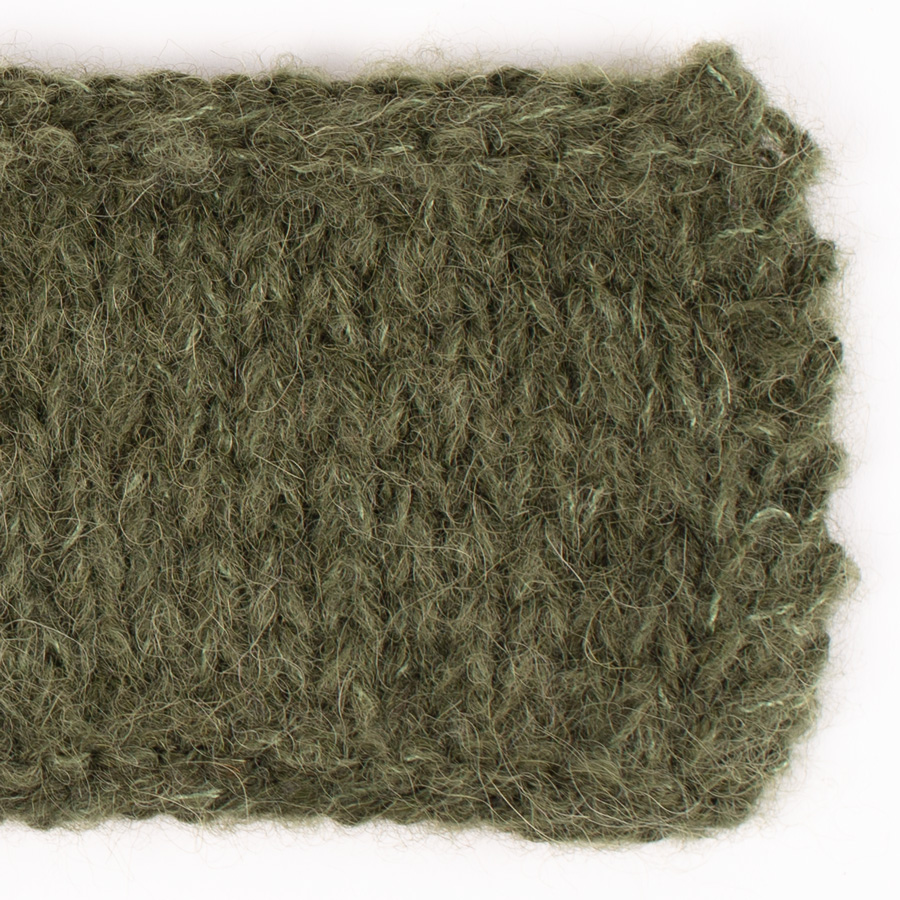
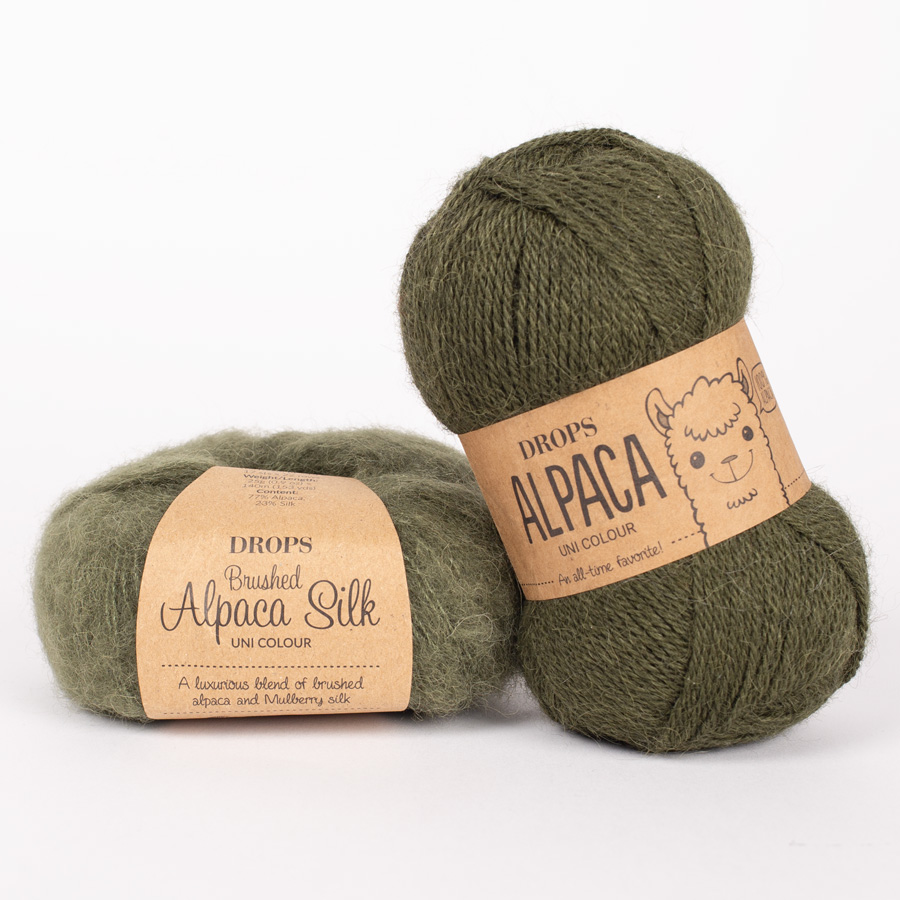
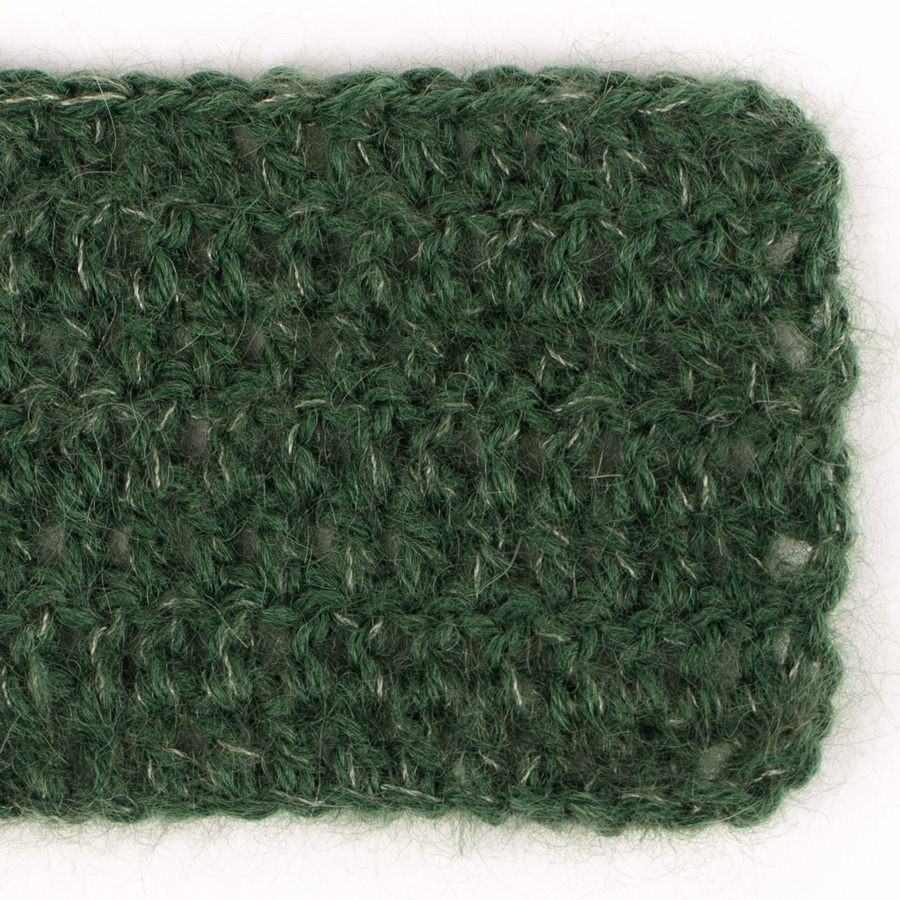

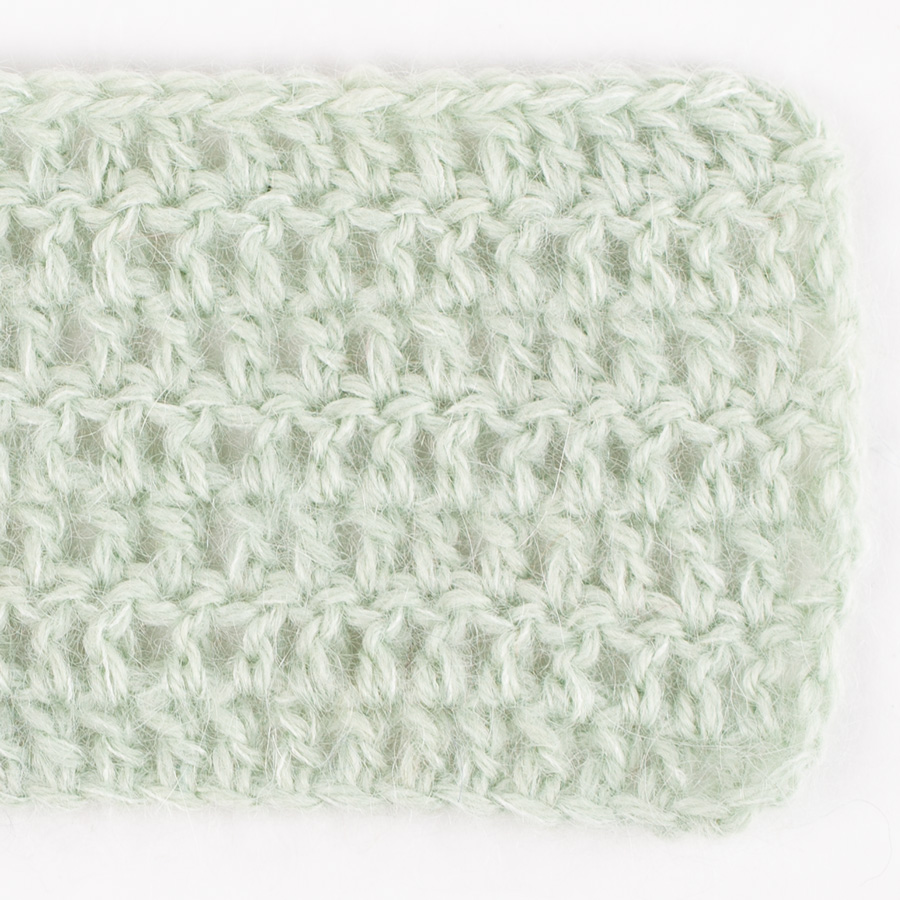

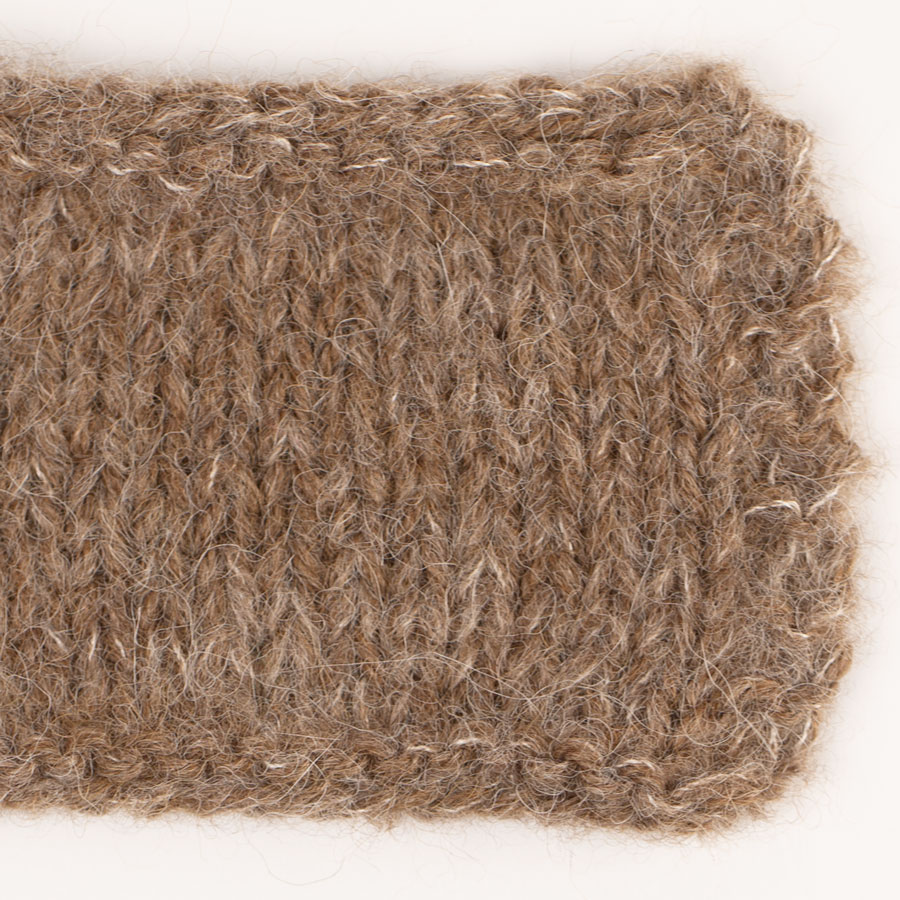
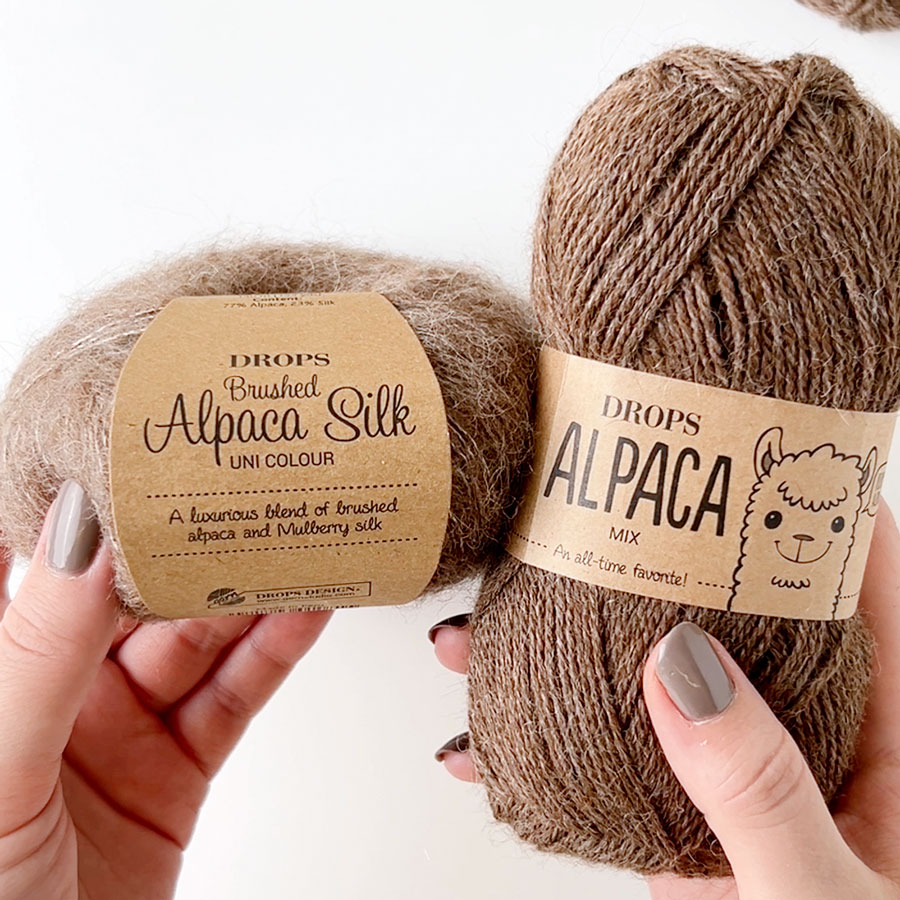

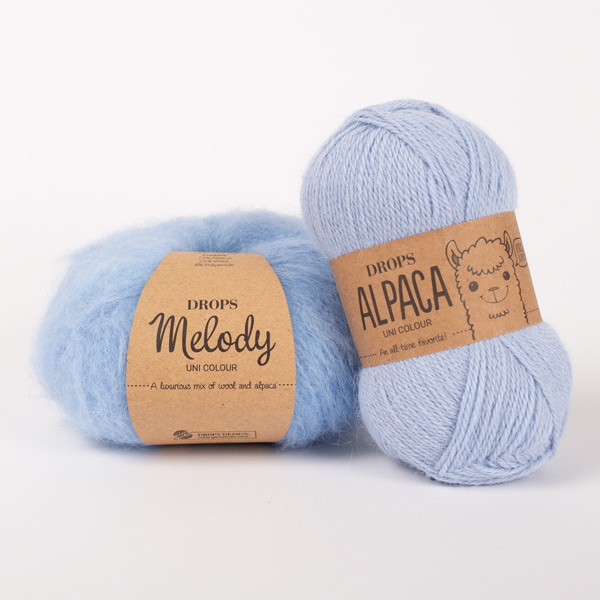

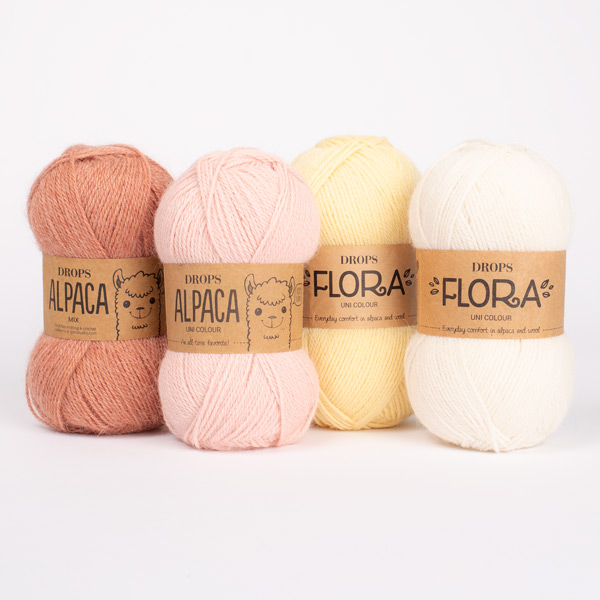
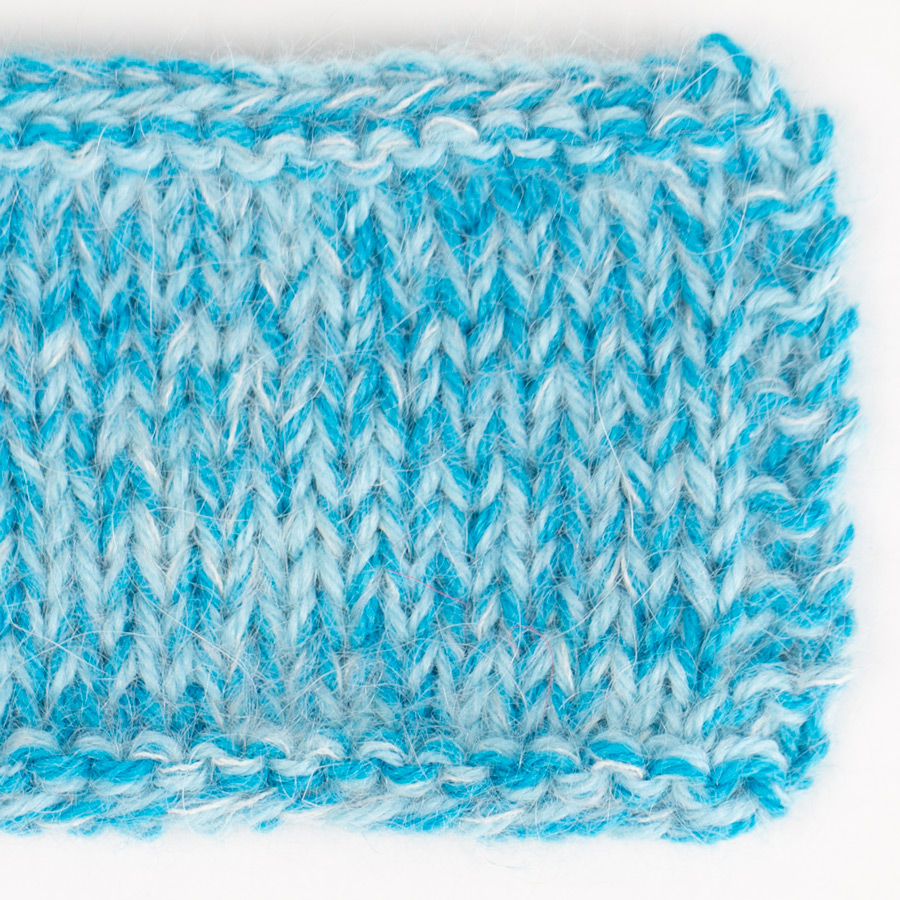
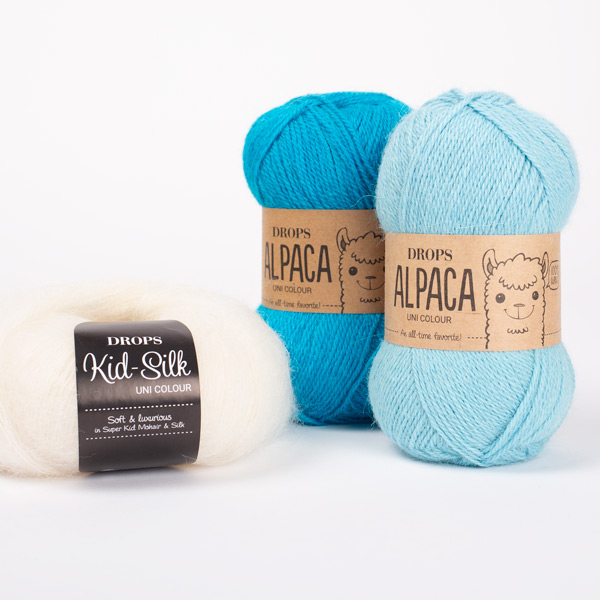
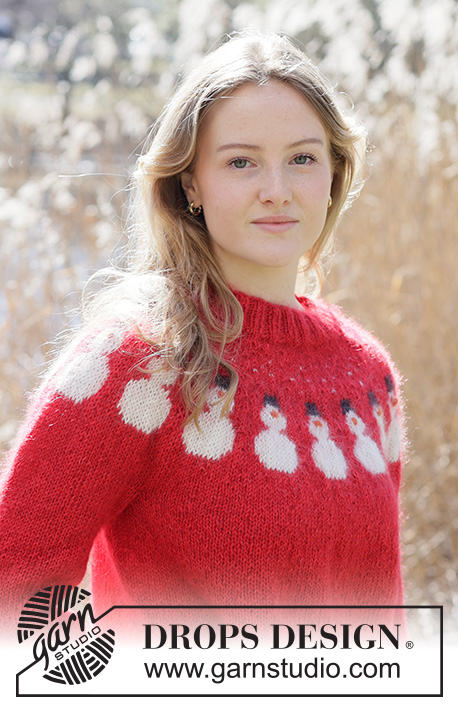







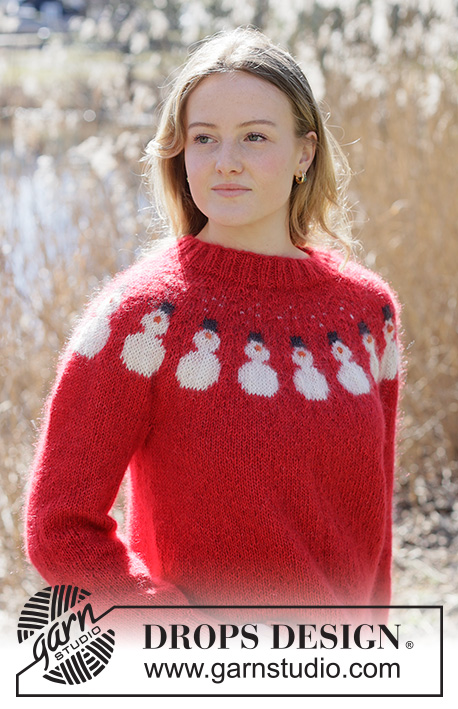



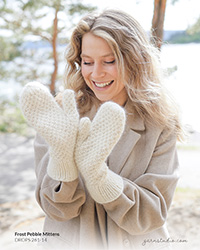


แหล่งรวมเว็บไซต์สล็อต มาพร้อมระบบและก็บริการดีๆสำหรับสมาชิกทุกคน สมัครสมาชิกได้แล้วปัจจุบันเพื่อให้ทุกท่านสามารถร่วมสนุกและทำเงินได้อย่างไร้ขีดจำกัด เป็นแหล่งรวมเกมที่ใ
10.03.2022 - 17:53